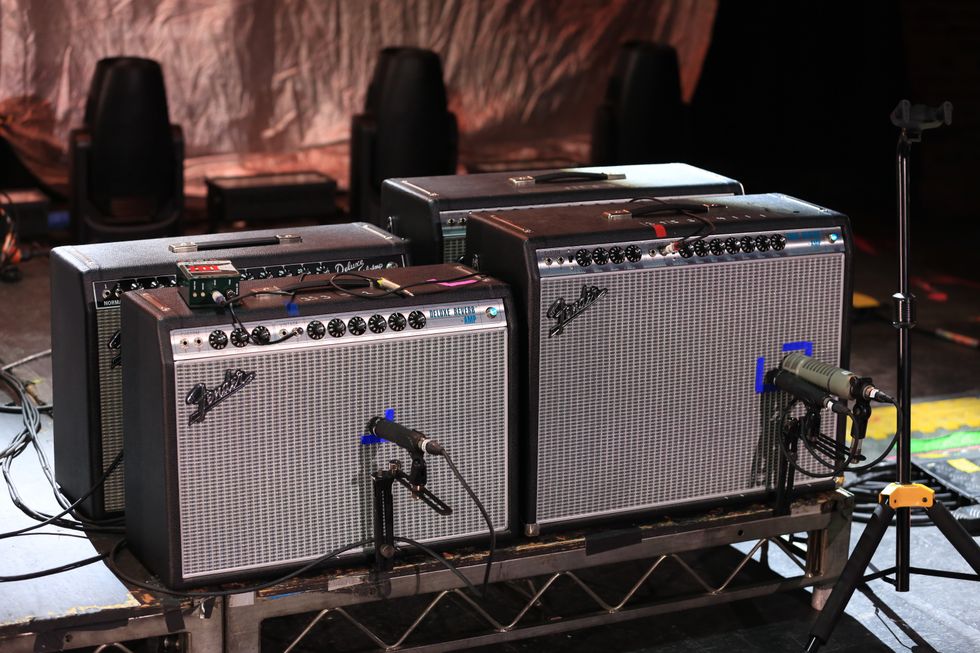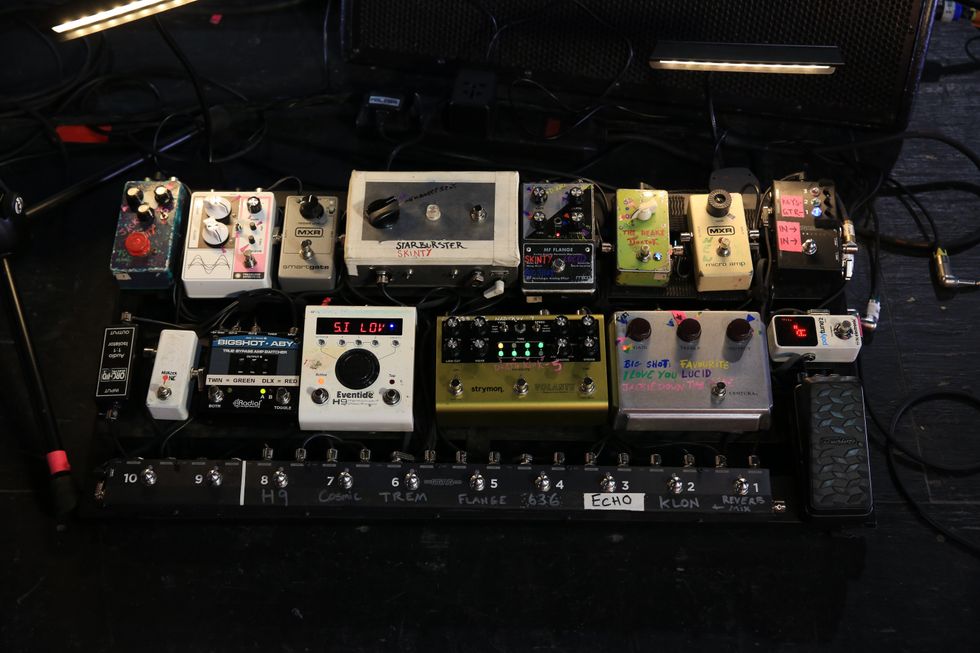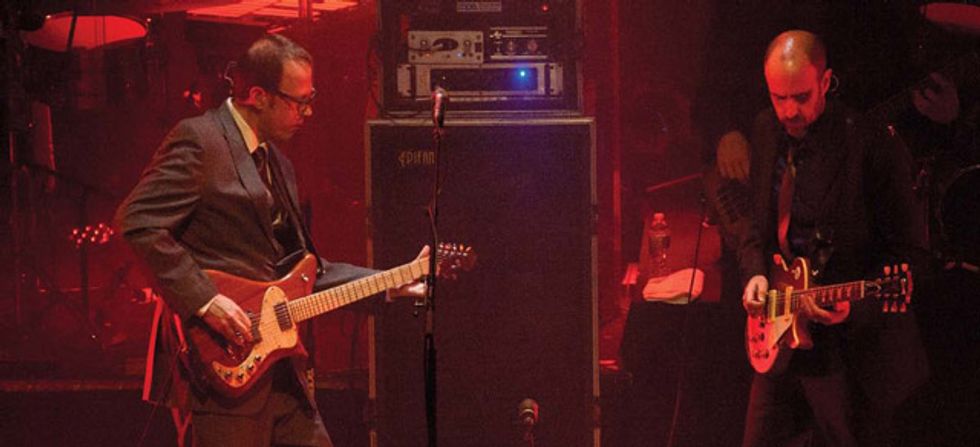
Whether the term “jam band” makes you think fondly of your dresser full of tie-dyed shirts, wool socks, and hacky sacks, or it conjures painful images of endless/aimless improvs at gigs swarming with hordes of tripping hippies, 2012 has brought you a ripping, stereotype-busting new album that’s a master class in the art of dual guitars. Formed in Buffalo, New York, in 1989, veteran jammers moe. just released What Happened to the La Las—a catchy set of 10 rocking tunes that finds guitarists Al Schnier and Chuck Garvey trading foot-stomping riffs, crystalline harmonic arpeggiations, wailing wah- and rotary-speaker-powered leads, bristling slide duels, and warm echo excursions.
We recently spoke to Garvey and Schnier—both of whom raved about being longtime PG fans—about the dos and don’ts of jamming, live vs. studio strategies, and their enviable collections of fine vintage and boutique gear.
Fair or not, jam bands are kind of stereotyped as having very
long, rambling songs. But What Happened to the La Las keeps
the jam-band vibe but also has concise, catchy tunes. Is that
a stereotype you guys consciously try to avoid, or do you just
think it’s unfair overall?
Garvey: That can definitely be a fair assessment. The whole jamband
thing is a little weird, because there are so many different styles
of bands within the supposed genre. There are a lot of live-music
fans, and for certain parts of the show people want a dance party, so
some bands have very long, danceable tunes. I don’t think we necessarily
do that, but we definitely have some sprawling, epic-length
tunes. But we’ve always been very interested in making the core of
the songs very solid: We always want to have a memorable hook and
a memorable lyric, and the core of the song has to really make sense
and be memorable. If we have that, then we find that, live, we can
expand different sections or make segues between songs. And that
makes it more interesting for the band and the audience. But we’re
always very conscious about making songs that work.
Schnier: We do stretch out our stuff live, and that’s why people keep coming back again and again to see these shows—because it’s something new and different every time. It’s not going to be the same show, night after night. I think you can be a jam band and make a rock album. We’re not necessarily going to play a threeminute version of these songs live, and they’re going to be different when we play them live. We might stretch things out, or goof around onstage, or Chuck and I might trade the solos back and forth—because we’re not afraid to take chances. We’re a live band, and we didn’t just rehearse the songs like what you hear on the album and we have to play them that way or else we train wreck. I think that’s what sets the genre apart and keeps the fans excited. But an album isn’t really the place for a 20-minute guitar solo.
You guys get an amazing array of sounds on the new album.
Do you have pretty different tonal proclivities that happen to
complement each other, or are your tastes and tendencies pretty
similar and you have to work to make sure you’re both covering
different sonic territory?
Schnier: It’s a little bit of both. It’s funny, because we dance
around each other a little bit in that regard, but we’ve both been
sort of carving out our own thing, and it tends to work … for the
most part. We both lean toward different things in our choices
of what we’re going to play and what we’re going to do, sonically.
But in a lot of songs we end up in the same territory, too. It’s,
like, “Ohhh … you were going to use humbuckers and a fuzz
pedal and EL84s on this thing? Because that’s what I was going
to do, too.” And it’s, like, “Well, we can’t both do that, so maybe
I’ll use P-90s and not use a fuzz pedal, or use P-90s and a tweed
Deluxe kind of thing.”
Chuck and I are very conscious of that, and if one of us is really onto something—really chasing something—the other one will be respectful of that and say, “I was going to do something like that, but clearly you’ve got this nailed down, so I’m going to try to come up with something different.” Or, “Hey, I’m already doing something like that, and it sounds like we’re clashing, maybe … ” y’know what I mean? It’s instinctive at this point. I mean, I’ll show up at the studio with one of every sort of guitar that I would want to have, and several crates full of pedals, and one of every amp that I would want to have. So that way, when we start playing the stuff, I’m like, “How do I really want to approach this song?”
But that’s speaking more about when we’re recording something. What we’re doing live just sort of happens—it’s been sort of a constant evolution, and we just tend to stay out of each other’s way. I mean, how many bands have there been with two Les Pauls and Marshalls in the band, and it’s not really an issue anyway? When we’re on tour, I have basically two different amps to choose from, but I’m mostly using Vox AC30s—although I’ve started using an old ’68 Marshall plexi when we’re playing in larger venues. But I don’t necessarily want to record every song with an AC30. It’s the same thing with guitars. I only have three or four guitars on the road, but in the studio I can bring a Rick or a [Gibson] ES-335 with me to take things a little bit further toward the tones I’m hearing in my head, instead of just approximating those things with my main stage guitars.
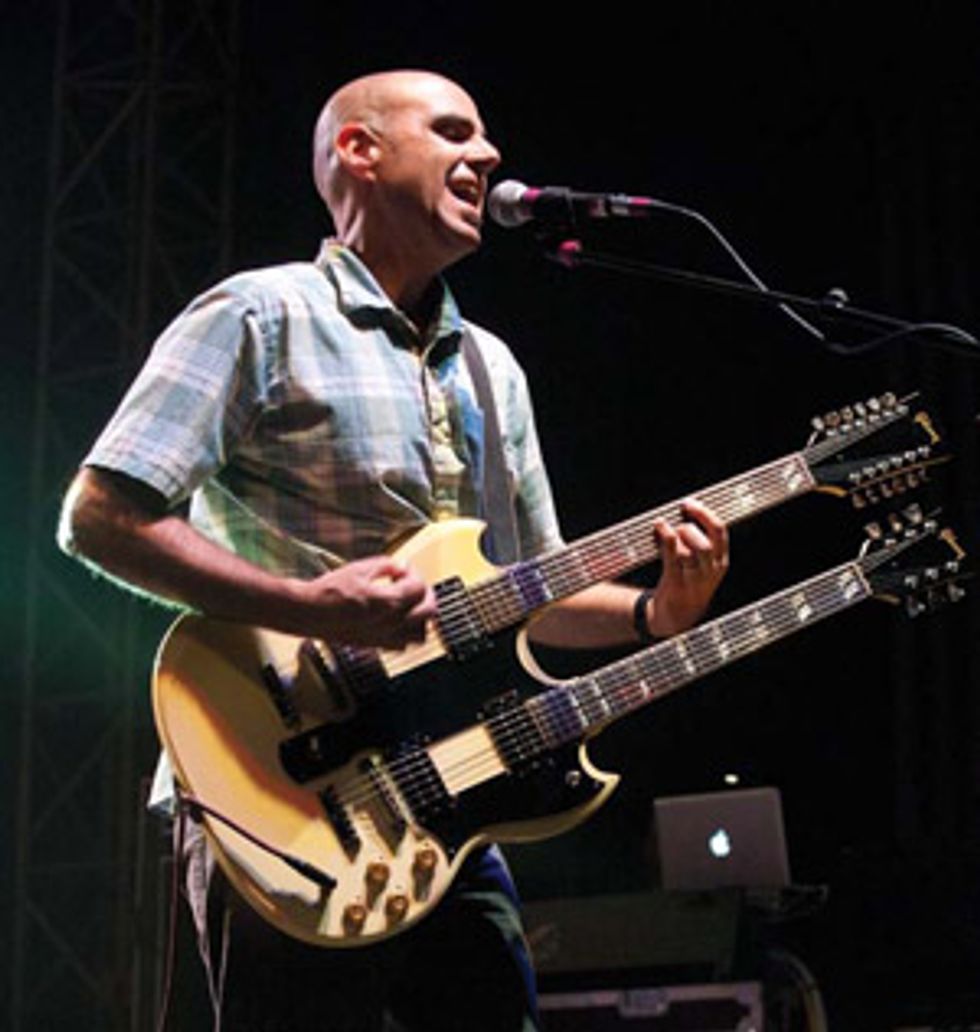
Al Schnier gets jangly onstage with his ’74 Gibson EDS-1275.
Garvey: I have a very specific theory about this: I think when you play in a band with someone for a long time, you influence each other a little bit. It might be unconsciously, but I think that when you hear something the other one does that you like, it sinks in and you pick it up and start doing it maybe six months or a year later. So, tonally, I think we kind of go in waves, but I know that being in a two-guitar band makes me very conscious of the frequency range that gets represented. So if Al is playing something that’s really bass-y or very clean, I might pick more of a notched frequency in the other direction, just to contrast. And in that way, it’s a fuller sound, and also you get a little more clarity from both things. And if he’s playing lead, I’ll strip back and play something that’s, like, really light and jangly—almost like an acoustic sound. You’re constantly adapting to what’s going on in order to make more clarity out of what’s going on. We do most of our playing onstage, but in the studio it’s easier to figure things out.
As far as specific gear choices, when we first started, I think we both played single-coil guitars. I played a Strat for a really long time, and Al had a P-90 guitar. He started with humbuckers a lot earlier than I did, and then about eight years ago I started using humbuckers more. Then he eventually went to Telecasters for a while. So I think it’s that thing where both of us want something new, and then you learn after layering the guitars what might sound better in that context. In the studio this time, I did something weird—I got into the studio and I totally changed my operating procedure. I was making it up on the spot, and I had some things that I’m not psyched about, but on the other hand I had some happy accidents. We worked so quickly that I really didn’t have a lot of time to think about it. It was pretty much just throw and go. We were working so quickly that the guitars sounded like one thing in the room with the amp, but in the actual recording it sounded like something different when we went in to listen to it. Like, there were parts where I would have a really treble-shy tone— something that was more fuzzy and murky—and when Al switched to a Marshall that had more headroom than his usual AC30, it ended up being very complementary.
Chuck, what do you mean when you say you changed your
operating procedure?
Garvey: Well, I have this guitar made by Dan Becker in Boston,
and it has humbuckers, but I use the coil-tap quite a bit. The
single-coil sound is pretty cool—I like it better than a lot of Strat
bridge pickups or even, like, a Telecaster’s sometimes. But I use that
with a treble booster into an EL84 amp, and I’ve used that for the
past couple of years. That’s really how I get my sound live. I have a
lot of control—I can do everything with the volume and the tone
on the guitar. But when I got into the studio, I felt like that was
a little bit thin and lacked some of this woody midrange I wanted
to get. So I blew out all of the pedals and just started plugging
into the amp, and it was just a totally different way to go about
things. If I’d had a couple more weeks, I probably would’ve gotten
it under control [laughs]. I should’ve just done what I’m used to,
but I ended up convincing myself to do something different. I don’t
know if it ended up being good or not, but …
It sounds great! The guitar parts really pop out of the mix, and
a lot of that seems to be because the effects—such as the rotaryspeaker
parts—are really strategically applied. Do you guys hear
those effects in your head as you write the parts, or do you come
up with parts and then figure out stealthy ways to make them
pop when you’re recording?
Schnier: It’s a little bit of both. I think most guitar players have
probably had the same experience: Sometimes you sit down with
a certain effects pedal—or even just the tremolo on your amp or a
ton of reverb or delay—and you come up with a cool part because
of that soundscape you’ve created. And other times the band will
be playing something and you hear a part in your head, and you’re,
like, “Okay, I’ve got to have something that goes [mimics robot-like
sound],” and it’s, like, “How do I make that happen.” And then
you spend a couple of minutes working on trying to come up with
these psychedelic, weird things that bounce around the room.
Chuck and I have always had a great time doing stuff like that,
but we start with that stuff when we’re composing the songs and
kind of go from there. The funny thing is, a lot of times when
we’re doing these writing sessions, he and I won’t have much more
than maybe a delay pedal or an overdrive pedal. And a lot of times
it’s just a cable into an amp, just so we can get the structure of the
songs together.
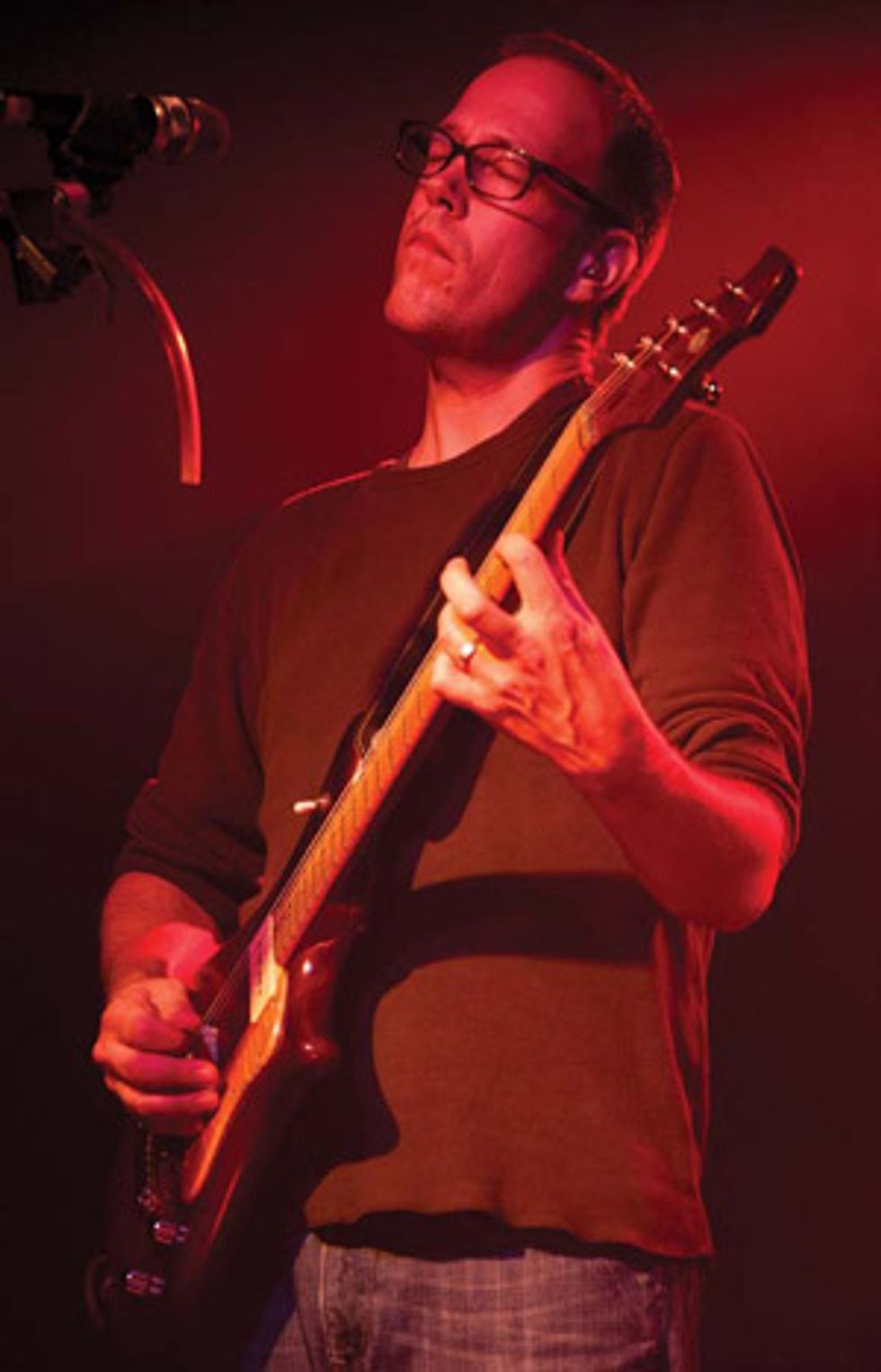
Chuck Garvey feels the vibe onstage with his P-90-outfitted Dan Becker Retro-Grad solidbody.
Garvey: A lot of that we figured out beforehand. We were doing preproduction basically in the studio. We would talk about a song and how we wanted to change the arrangement and feel, and then after we had a new arrangement, we’d shake out all the details really quickly and try to get three or five good takes, and then go back and listen to them. I think this works best for us as a band—if we don’t fuss over it too much, it sounds better. Everything really was kind of either just trying to solve the problem of what tone to use or what effect to use on the fly as a complementary or interesting addition to your basic guitar tone. On most of the tracks, we did live takes of the whole band, but for logistical reasons, I overdubbed the Leslie parts.
Was it an actual Leslie cabinet?
Garvey: It’s actually a Fender Vibratone, and I had this road case
with these side-hatch doors built for it. You can open it up and use
it like an isolation cabinet with a pair of condenser mics.
Which amps did you use to drive the Vibratone?
Garvey: I used two amps for the whole recording, and I
might’ve borrowed a third from the studio. I have a Tony Bruno
Underground 30 and a 3x10 cabinet for my main sound, and I also
have a tweed [Fender] Twin clone that Tony made. I’ve had that
since about ’97, and it sounds really great with humbuckers. At
the time, I was playing a Strat, and it sounded amazing with that
and a couple of Tube Screamers. I use one or the other to power
the Vibratone—basically whichever one I’m not using for my main
guitar sound.
Is the tweed Twin clone one of Bruno’s standard Tweedy Pie models?
Garvey: No, it’s like a ’59, 80-watt, four-6L6 tweed Twin clone. The
faceplate says it’s a Pony 50, which I guess is his 50-watt Marshalltype
design, but he used the chassis to build this tweed clone. It has
a floating baffle, just like the original, but it’s not wide—the speakers
are staggered in the cab. I found it at 30th Street Guitars in New
York City. We got some money from Sony when we were doing our
first album, and I said, “I’m going to get myself something good
that’s not going to fall apart.” And when I played that, it seemed like
it was game over. I played that for a really long time. It sounds great,
but it can get really loud [laughs]. So, in an effort to bring down
stage volume, I got the Underground 30.
Al, let’s go back to your AC30s for a second. Are they vintage or
current models?
Schnier: Well, it’s funny, because I had two vintage AC30s on the
road for a while—one of which I’ve had for years. It’s been my baby,
my go-to amp. And then I got a second one, and I was very hesitant
to bring them out on the road for a long time. Finally, I was
just like, “Y’know what, these amps have been around for almost
50 years at this point”—they’re early-’60s AC30s, and they’re still
rocking hard—so I was, like, “I’m taking these out on the road.
They’re going to be fine. The worst that could happen is we’ll have
to replace some tubes or some speakers or whatever.” And that was
the case. I never even blew a speaker in either of them. I had a few
tubes go down occasionally, but that’ll happen with new-old-stock
[NOS] tubes.
But then, on a whim, I decided to try one of the new Hand- Wired AC30s. After they put out the most recent version, I read a review and I saw a picture of the turret board, and it just seemed like they’d finally gotten it right. So they shipped one to me, and I brought it to soundcheck one day. It was still in the cardboard box, and we popped the staples on the box, put it up onstage, and I played it during soundcheck. We tried to match it very closely to my main amp, sonically, and it sounded great during soundcheck. I was, like, “Let’s just go with it tonight and see how it goes.” All night long, I kept looking back at it, because I couldn’t believe how good this brand-new amp with brand-new tubes and brand-new Celestion speakers sounded, and how close it sounded to the vintage amp. I was floored. Shortly after that, I contacted Vox and I was, like, “Can I get another one of these?” I sent both my vintage amps home, and I’ve been playing those new Hand- Wired amps ever since.
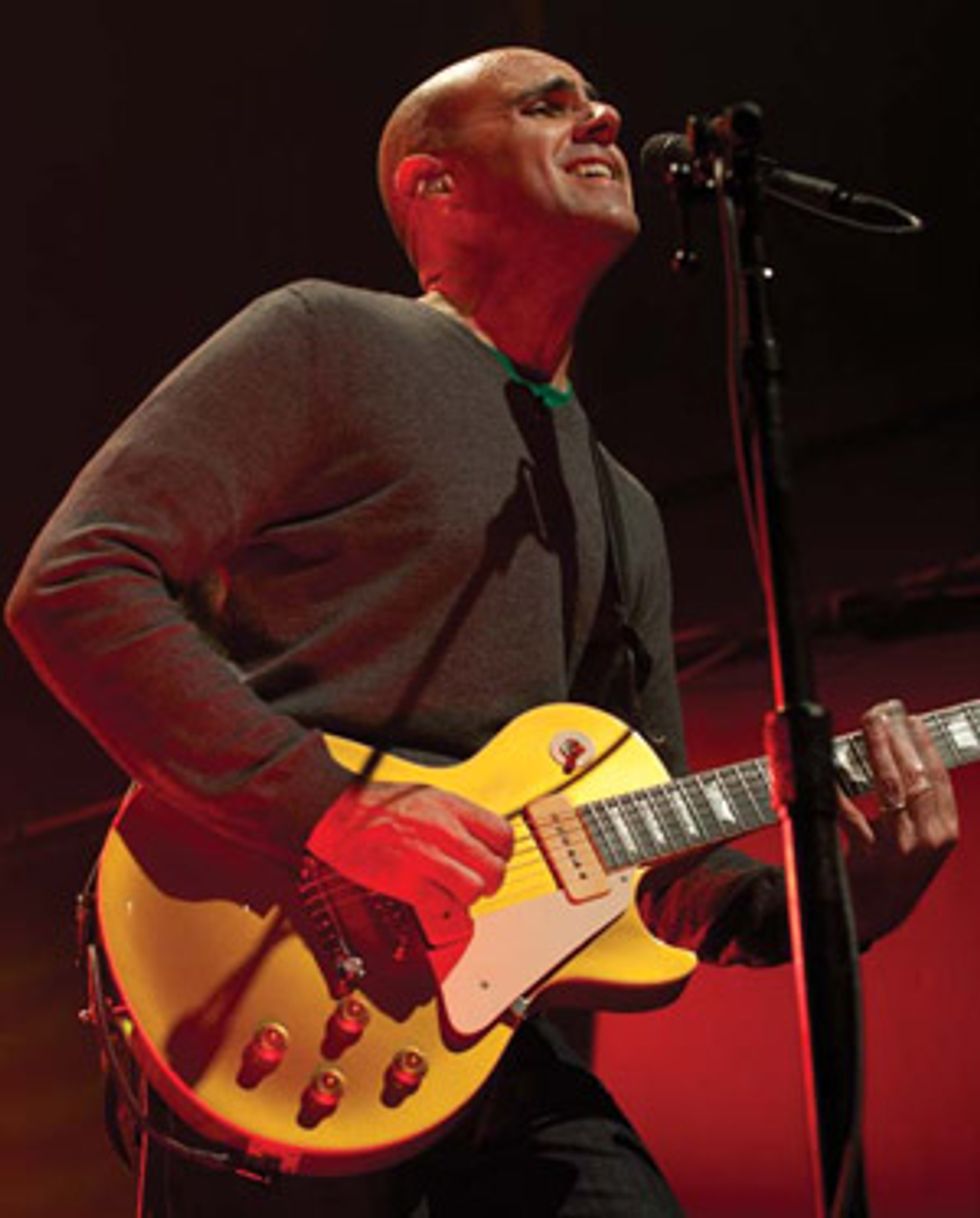
Photo by James Paddock
Are you still using the stock new tubes they came with, or have
you switched to new-old-stock (NOS)?
Schnier: You know, it’s funny—I immediately brought out some
vintage speakers and some new-old-stock tubes, and I was going to
retool one of those amps to get it closer to vintage specs and make
it even better than it was. But the amp was so good that I didn’t
want to mess with it. I mess around with my gear quite a bit, and I
had a few hours before soundcheck one day, and I was, like, “Okay,
today’s the day I’m going to take this amp apart and do all this
work to it.” But I couldn’t bring myself to do it, because it sounded
good as is. I was afraid that it would actually sound worse somehow.
I played the amp for over a year, as is, with all the stock parts
until one of my preamp tubes died. So I was, like, “All right, now’s
the time.” So now that amp has one vintage speaker and a bunch
of new-old-stock tubes. The other one I left totally stock. I figured,
this way, I’ll have one that’s sort of old reliable, and the other one
with vintage stuff in it. We mic the vintage speaker onstage now,
but whether it makes a difference or not, I can’t really tell because
the other speakers are broken in and sound great.
So you didn’t notice much difference in tone with the NOS tubes?
Schnier: As soon as I changed out the tubes, there was definitely
a difference. But I’d been playing those new production tubes for
over a year on the road. Those tubes got hammered. So it got a
breath of fresh life, even though they were vintage tubes. It was
really hard to compare, because I’d been listening to it in the studio
before, and then I was listening to it onstage, so it was sort of
apples to oranges. So I couldn’t really say one was better than the
other, but I know it makes me feel a lot better to have new-oldstock
tubes [laughs].
Is there a specific brand of NOS tubes you prefer, like
Mullards or RCAs?
Schnier: I have a wide variety of stuff. I keep my eye open for
stuff, and I buy a lot of it on eBay. I’ve got a whole bunch of
these GE tubes that were made by Mullard, and I’ve got some old
Siemens tubes. I literally have two huge tubs full of them at home,
and they’re made by all these different companies. But it seems
like there were only a few companies that were actually doing the
work. Like, Telefunken, as far as I know, wasn’t actually making the
tubes—they were just branding them. But Mullard did a lot of the
work, and some American companies were doing some of the work.
Siemens and some companies in West Germany were doing some
production, as well. Some of that stuff is fantastic, but you really
just kind of have to listen to them.
Al, you mentioned you’re using a plexi Marshall in some venues
now …?
Schnier: It’s a 50-watt head and a vintage 8x10 cabinet with old
Celestions that are maybe 10 or 15 watts each. They’re the same
ones they used in the old Vox amps and the old Bluesbreakers.
Do you use that in the larger venues for more volume and
headroom or … ?
Schnier: I use them because I can [laughs]. It’s funny, I bought
a full stack while we were recording the album, and I fell in love
with it. That one’s 100 watts with two 4x12 cabs, and I recorded
a bunch of the tracks with that. And then when we were on tour I
came across the 50-watt head and 8x10 cab. That’s just something
that I really like. It’d be one thing if we were playing in arenas and
stadiums, but a lot of times we’re playing in theaters and clubs—
and I just don’t want to rip off everybody’s heads in the first 10
rows, so a lot of times something like an AC30 makes a lot more
sense. But there’s something about a plexi … you get them up to
around 4 or 5, and they just sound great—especially with a Les
Paul. And those old plexis really clean up nicely, too. I understand
why guys like Hendrix and Jimmy Page only had a couple of pedals
on the floor—it’s really all you need.
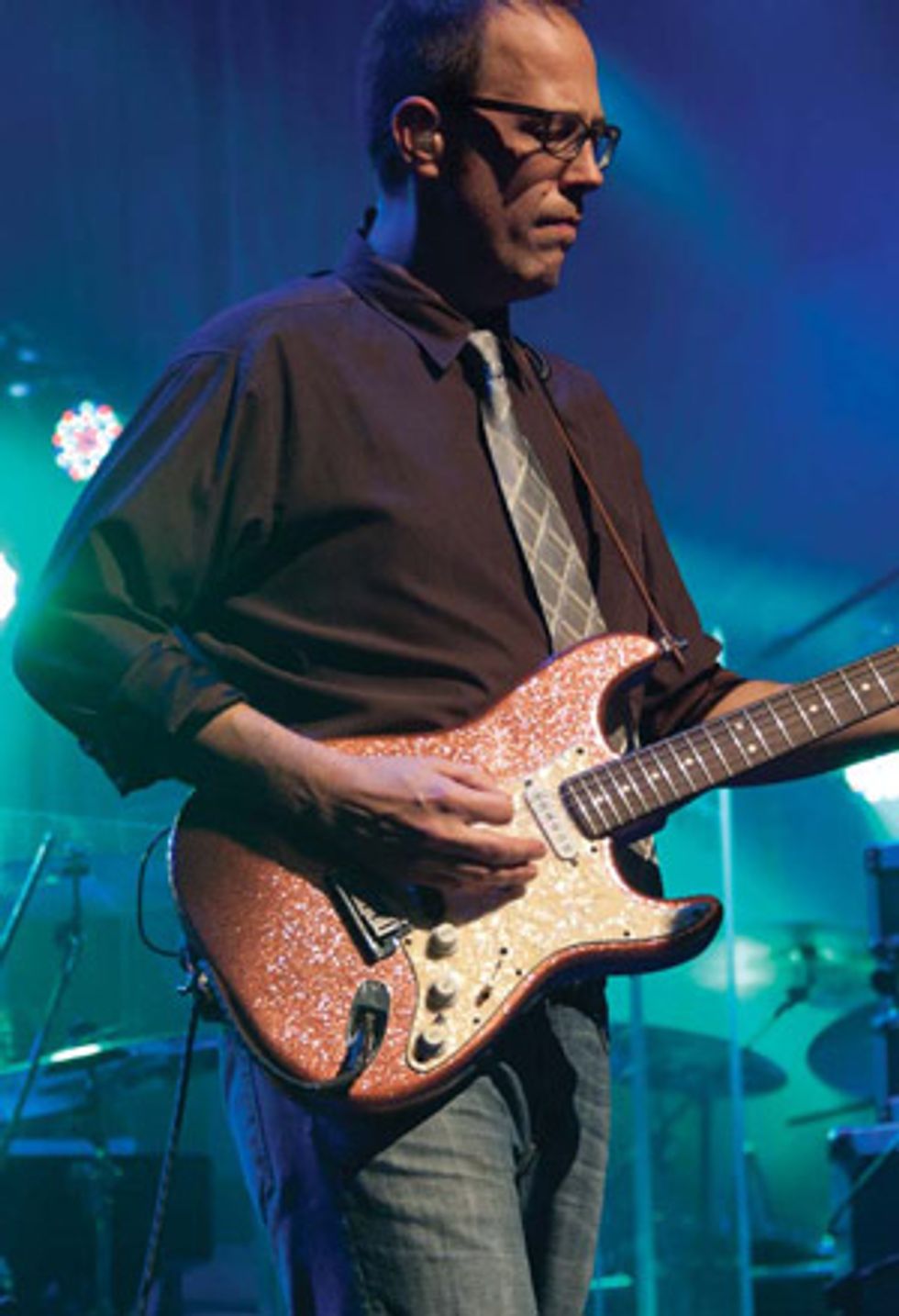
Photo by James Paddock
Let’s talk about some of the other new songs. The main riff to
“Puebla” has this warm slapback that creates a fantastic vibe,
despite being pretty understated. What did you use for that?
Schnier: That was a Diamond Pedals Memory Lane delay—which
has been my main stage delay pedal for years. The thing I like
about those is that, of all of the tap-tempo analog delay pedals
out there, it’s the one that sounds the best to me and has the features
I need readily available. I actually own a few of them, and
I’m using the second version. I’m a big fan of tape echoes, first
and foremost, and I used to use a real Echoplex on the road, and
then I switched to the Fulltone Tube Tape Echo, and the biggest
problem I had was managing all of the settings on the fly during a
song. Otherwise, I’d be using one regularly, because I like the tone
of a tape echo more than anything else. The thing is, so many of
the parts I write depend on the delay being in sync with the song,
but I’ve never really been a big fan of using a digital delay or some
kind of MIDI-based delay. The stuff that The Edge has done with
the Korg SDD-3000 is amazing, and it sounds great in the mix
with his whole rig, but it’s not something I’ve ever come to terms
with. I really need something that has a more organic quality to
it. I use so much of it in the mix that I get hung up on the actual
tone of the delayed signal. The tone of the part that’s trailing
off needs to be good to me, too, because if it starts to sound too
glitchy or too digital, it starts to bum me out.
Garvey: I’ve used Echoplexes for years. I have an EP-3 and a Fulltone Tube Tape Echo. I still use that occasionally, but for a long time I’ve been using a couple of digital and analog days. I use a bunch of Analog Man stuff, including the Dual Analog Delay—which is really cool because you can set up two different delays and toggle between them. It also has this little sidecar pedal called the AMAZEO that you can use to add tap tempo and modulation. The Dual Analog Delay is similar to the Memory Lane, but it sounds different—they just have a different voice, especially if you crank up the feedback. I used that, set for Stun, for the crazy oscillating stuff on “Suck a Lemon.”
Is that an electric 12-string driving the rhythms on “Haze”?
Schnier: It is. That’s my Gibson EDS-1275 doubleneck.
“Downward Facing Dog” has some really nice slide parts. Who
plays those?
Schnier: Both of us play slide on that song, which is sort of a rare
thing. I’m playing a ’59 Les Paul Junior through my AC30. I also
used a wah, the Memory Lane delay, and an Analog Man Sun Face
as my fuzz pedal.
Al Schnier's Gear
Guitars
1958 Gibson Les Paul Junior, goldtop ’68 Gibson Les Paul Standard,
’72 Gibson Les Paul Deluxe with Bigsby, ’74 Gibson EDS-1275, ’82
Gibson ES-335 reissue, 2011 Gibson Custom Shop ’55 Les Paul
reissue with original ’55 pickups, ’96 Rickenbacker 660-12, ’83
Rickenbacker 330, ’56 goldtop Gibson Les Paul Standard with PAFs,
’55 Gibson EM-150 mandolin, ’48 Martin 000-18, ’08 Martin D-18V
with D-TAR Multi-Source pickup driving D-TAR Solstice preamp, ’56
Gibson EM-150 Mandolin, ’07 Collings/Nugget Tim O’Brien signature
mandolin.
Amps
’69 Marshall plexi driving a vintage 8x10 cab, 1959 Fender Deluxe,
’62 Fender Tremolux, ’63 Vox AC10 Twin, ’60 C.F. Martin/DeArmond
R15, ’69 Marshall 1959 Super Lead driving two 1960 4x12 cabs, two
2010 Vox AC30HW2Xs
Effects
’60s Vox wah, ’68 Fuzz Face, vintage “triangle” Big Muff, Univox
Super-Fuzz, Vox Tonebender, Colorsound Tonebender MKIII, Kay
fuzz, Maxon overdrive, Diamond Pedals Memory Lane 2, Ibanez
AD-80 analog delay, MXR Phase 100, Boss DC-2 Dimension C chorus,
Z.Vex Fuzz Probe, Z.Vex Ringtone, Kaden Effects Flutter Tone,
RonSound Trem-o-matic, Analog Man SunLion fuzz booster, Vox
wah, SIB EchoDrive
Strings, Picks, and Accessories
D’Addario EXL140 electric strings, D’Addario EJ16 acoustic
strings, D’Addario EJ70 mandolin strings, .73 mm In Tune GrippXXB
picks, Planet Waves bottleneck slide, Peterson StroboStomp,
Evidence Audio cables
Chuck Garvey's Gear
Guitars
Two Becker Retro-Grads, Terry McInturff Sportster,
Danelectro Baritone
Amps
Tony Bruno Underground 30 driving a Bruno 3x10, Tony
Bruno 80-watt tweed Twin clone, Fender Vibratone
Effects
Analog Man ARDX20 analog delay with AMAZEO
controller, Analog Man Beano Boost, Analog Man
Bi-Comprossor, Xotic EP Booster, Fulltone Tube
Tape Echo
Strings, Picks, and Accessories
D’Addario EXL110+ electric strings, D’Addario EJ16
acoustic strings, heavy In Tune celluloid picks,
Evidence Audio cables
Do you set the Junior’s action higher for slide playing?
Schnier: Most of my guitars are a little bit on the high side, just
because I really like to dig in and bend notes a lot. I don’t like my
action too low, and I like to have some meat on my frets, too. With
strings, I use a light top and a heavy bottom, and I like to have enough
there to grab onto and get under the strings and really work the neck.
I’ve never been comfortable with light strings and low action. I’ve never
been able to put a set of .009s on a guitar and play delicately [laughs].
Which other guitars are you guys using?
Garvey: I used two Dan Becker guitars. One is a Retro-Grad with
humbuckers and coil taps, and it’s kind of an in-between [Strat and
Les Paul] scale. I used that a little bit, and I used another one with
P-90s. I used that quite a bit on this album. I also used a pink-sparkle
’96 Custom Shop Strat with a Seymour Duncan Twang Banger
bridge pickup a little, and I used Al’s Les Paul Junior for one song.
That guitar has a great pickup, and it’s really nice and resonant. I
also have a Terry McInturff Sportster that I used for a couple of the
heavier parts. That one started out with a 5-way switch, but now it
has a 3-way switch, because some guitars get weird with germanium
effects—you can get these weird ghost notes when you turn your volume
down. I use the Analog Man Beano Boost, which is germanium,
so I changed the pickups and the guts quite a bit [to avoid that].
Schnier: I have a few different Gibsons on the road with me: I have a Les Paul Junior, I have the EDS-1275, I have a Les Paul with humbuckers, and another one with P-90s.
Okay, you’ve given us some pretty good insights on gear usage.
Do you have any other, more general, advice on big mistakes or
oversights to avoid when you’re playing in a band with two or
three guitarists?
Schnier: I guess the biggest oversight or mistake you could make
would be to not use all of the players to their full potential.
Y’know, relegating one of the guitarists to merely strumming
chords when there could be so much cool interplay. Even in a band
like Radiohead, for example, Thom Yorke isn’t necessarily a lead
guitar player, but there’s so much cool guitar interplay going on
between him and Jonny Greenwood and Ed O’Brien. The same
thing happens in the Grateful Dead. Bob Weir isn’t a lead guitarist,
but there’s so much great interplay.
Garvey: I think the biggest one is having three guitar players—there’s just too much ego and baggage for anyone’s good [laughs]. I’m just kidding. The main thing—and this goes for any kind of musician—is that you really have to be a team player and look at the song, not just what you, personally, are trying to accomplish as a guitar player. So, if you want to sound like Jimi Hendrix or Pete Townshend on Live at Leeds, you have to be conscious of what the rest of the band is doing. You should not constantly be trying to get tones that power-trio guitarists use, for example. It really comes down to doing what’s right for the song, and complementing whoever is singing and the rest of the band. If you do that, the whole thing will work a lot better and, hopefully, everyone will be happy with it—including the audience.
Youtube It
Garvey and Schnier strap on a McInturff Sportster
and a thinline Tele, respectively, to launch
into a 14-minute, trop-rock song complemented
by mood-enhancing lasers, fog, and lights.
Powered by an opening bass groove reminiscent
of Rush’s “Cygnus X-1,” moe. rocks the Gelston
Castle Estate in Mohawk, New York, at this
September 2010 gig.
In honor of Apple’s visionary late cofounder,
chairman, and CEO, the members of moe. play
a surprisingly great version of one of their tunes
entirely on iPad apps.

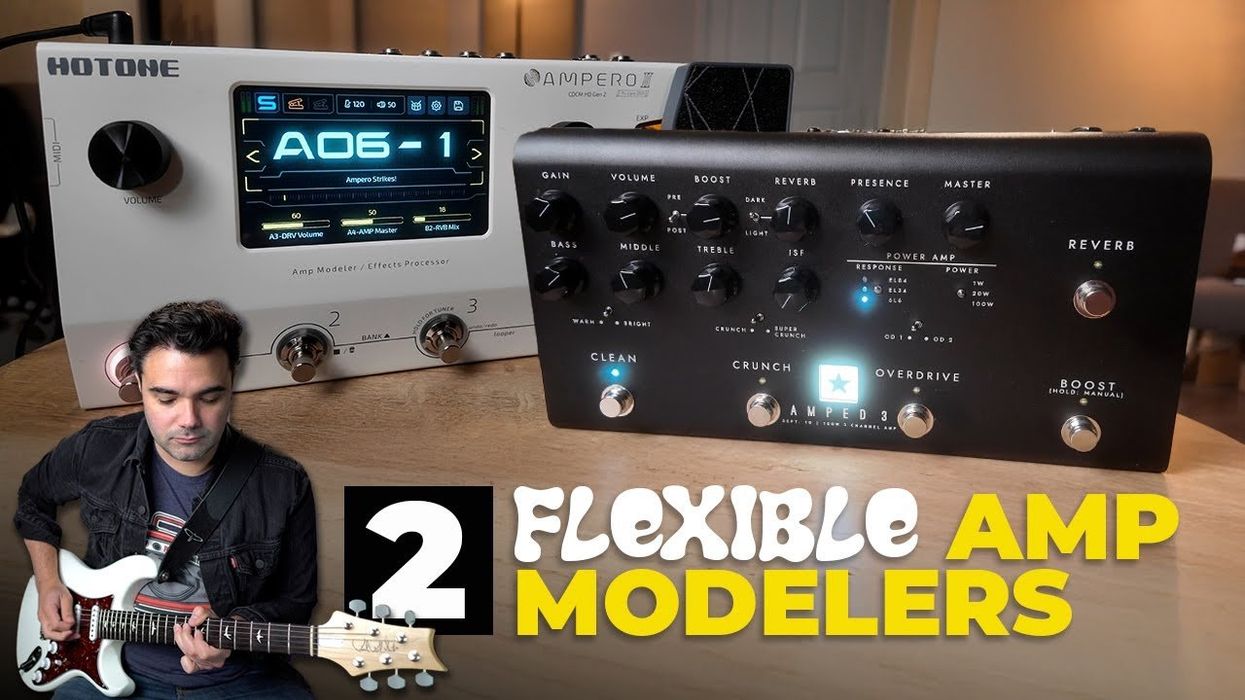

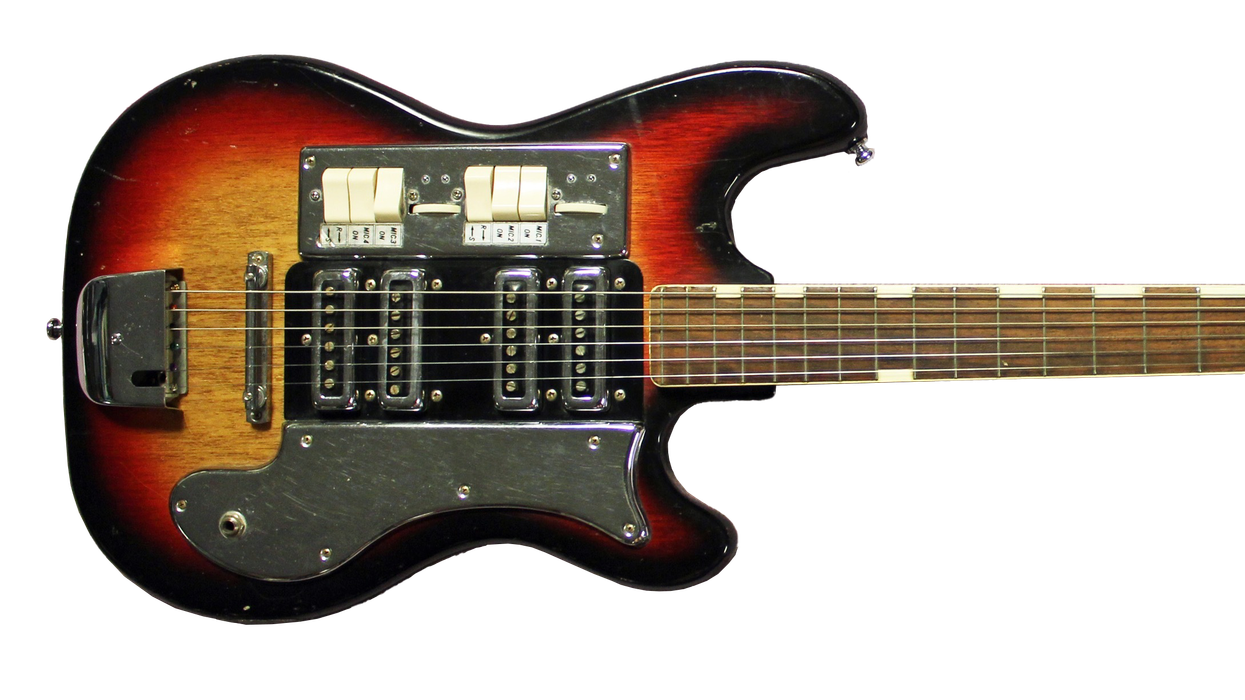
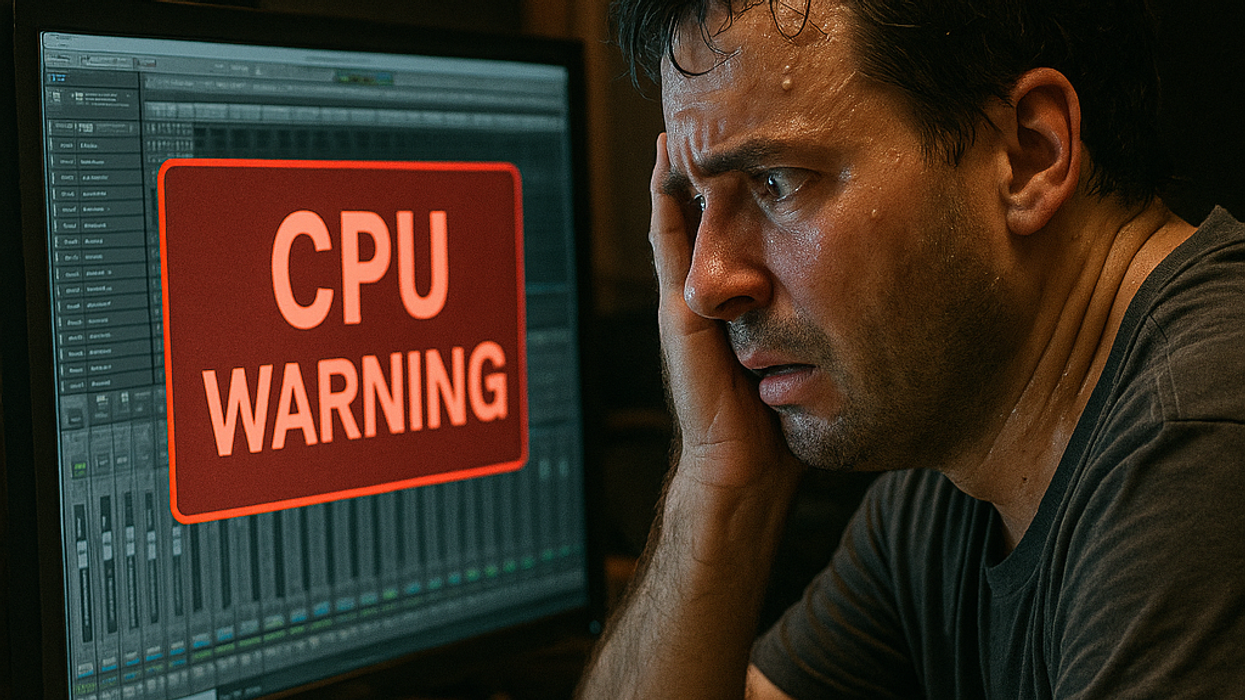
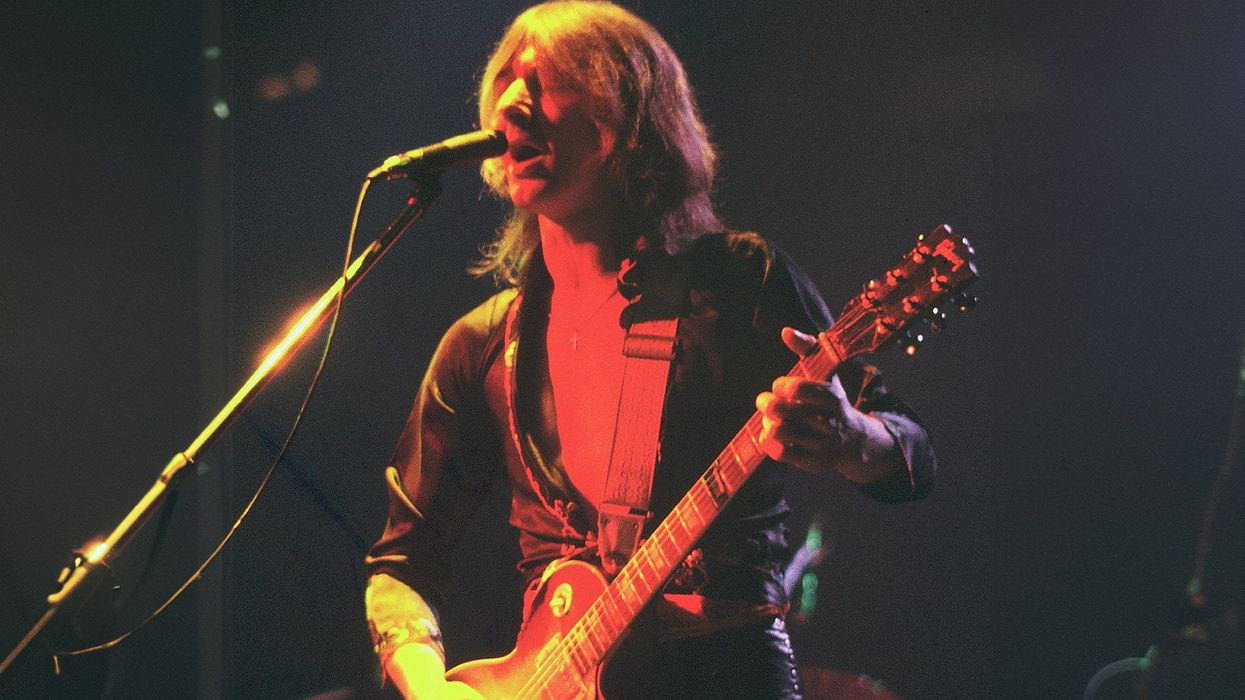
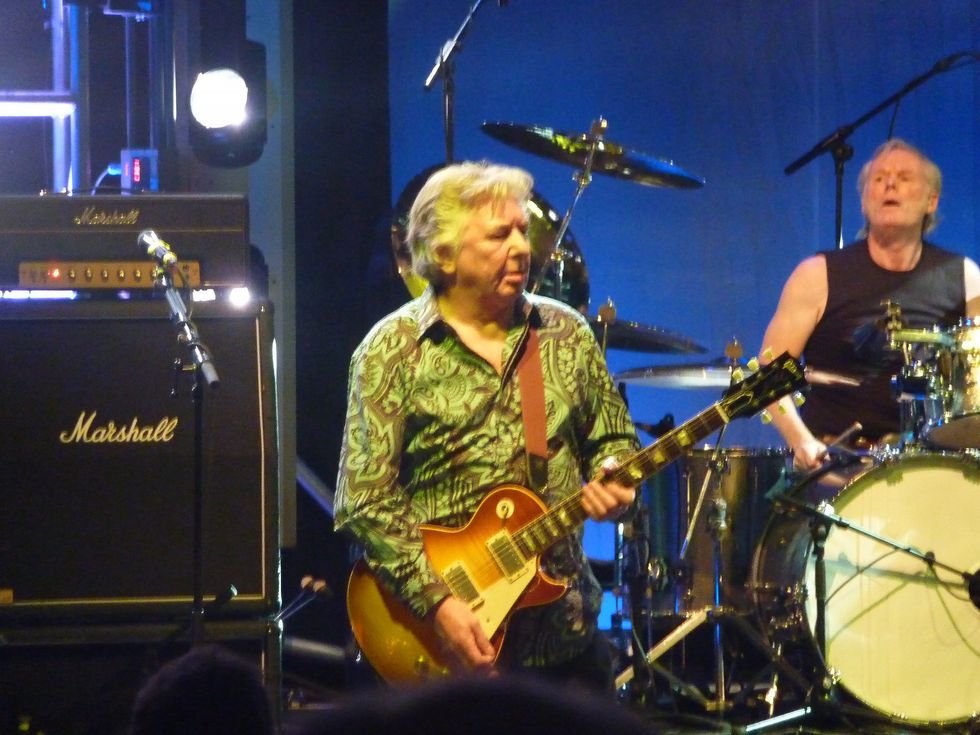
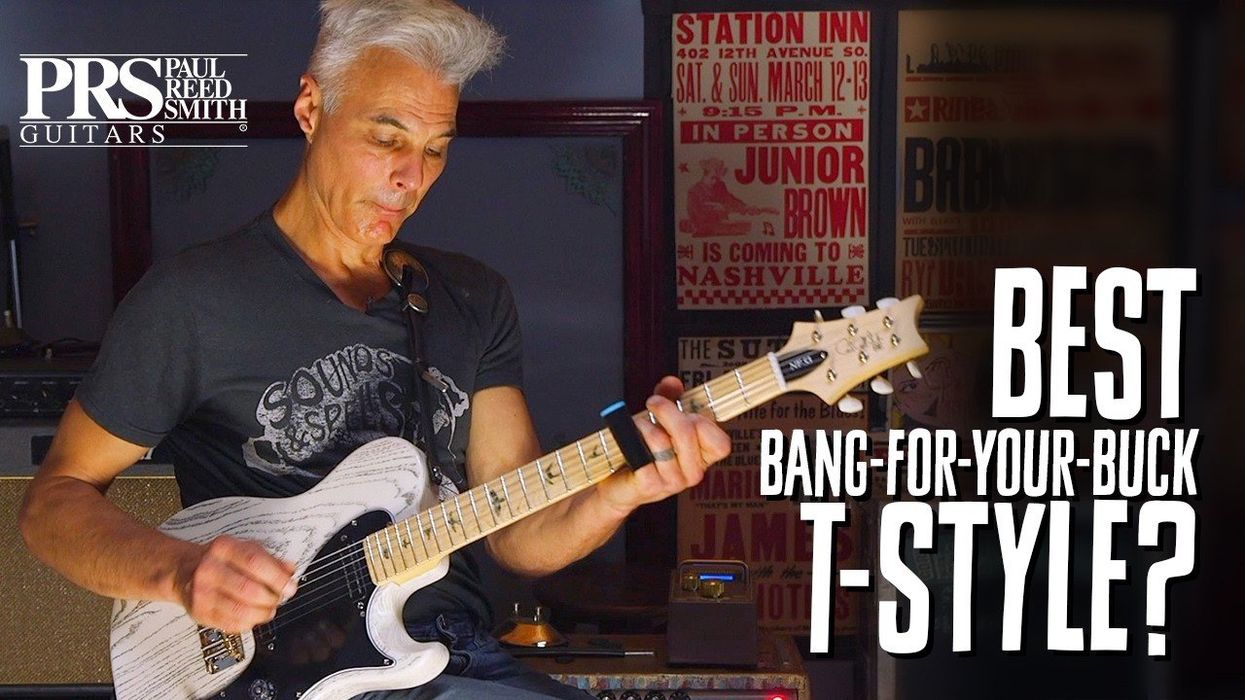

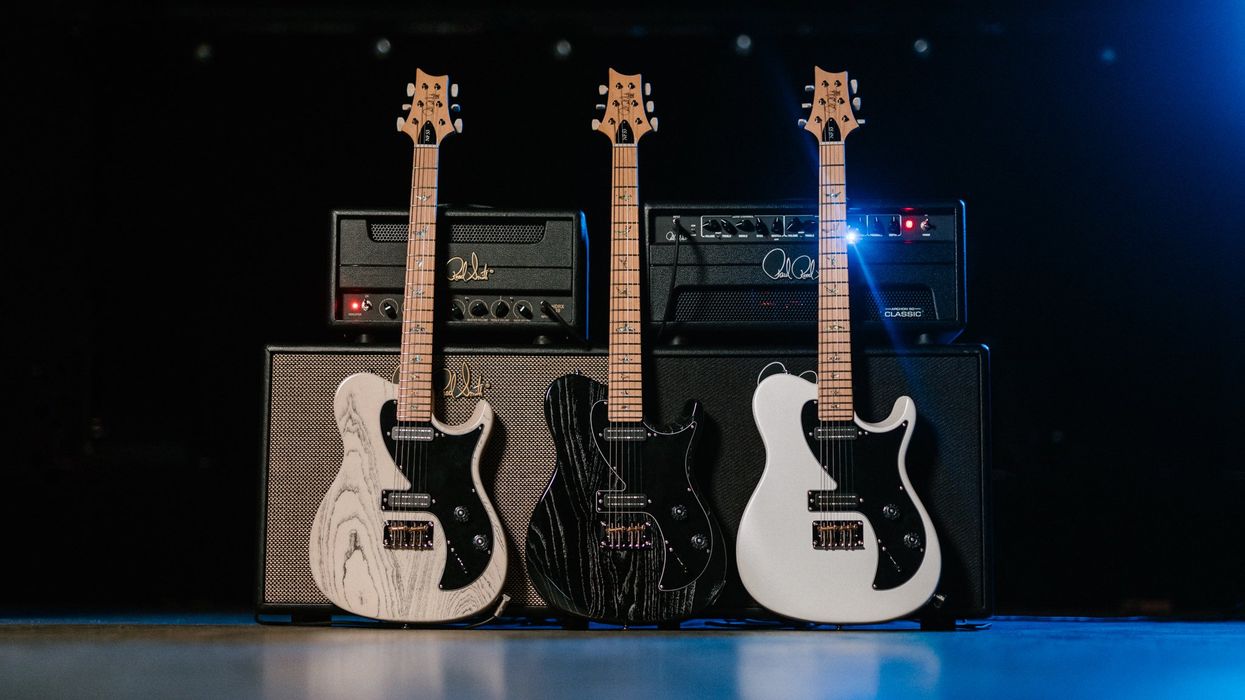
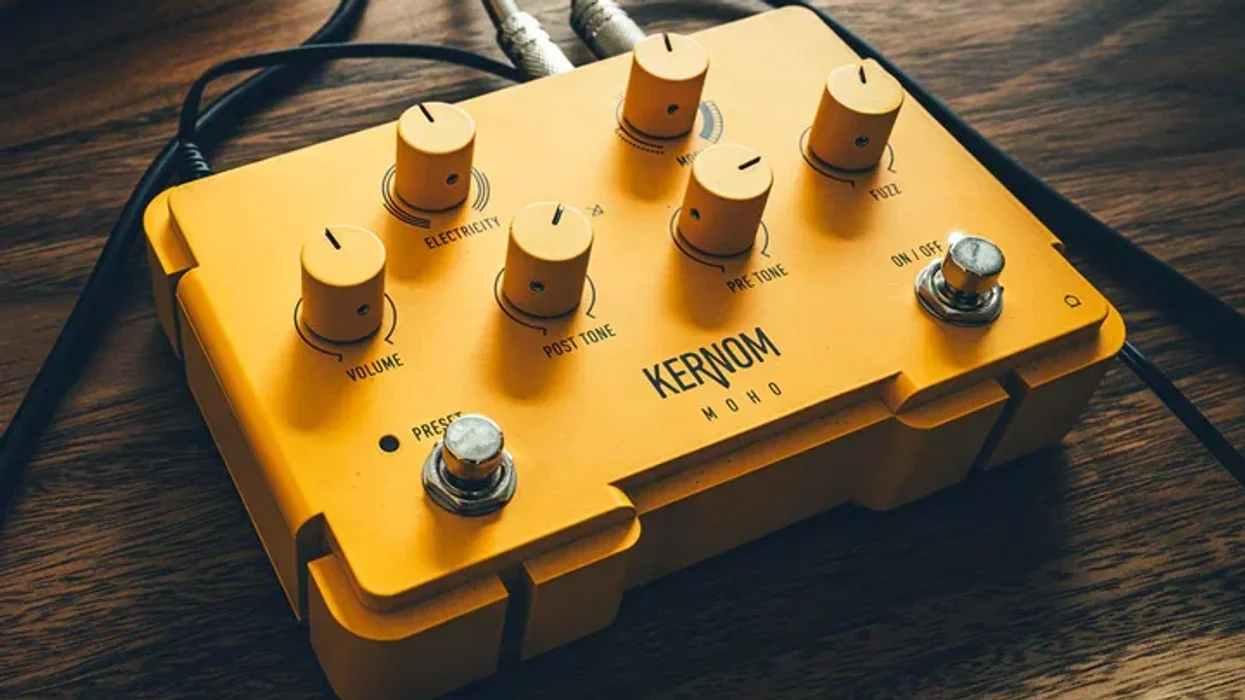
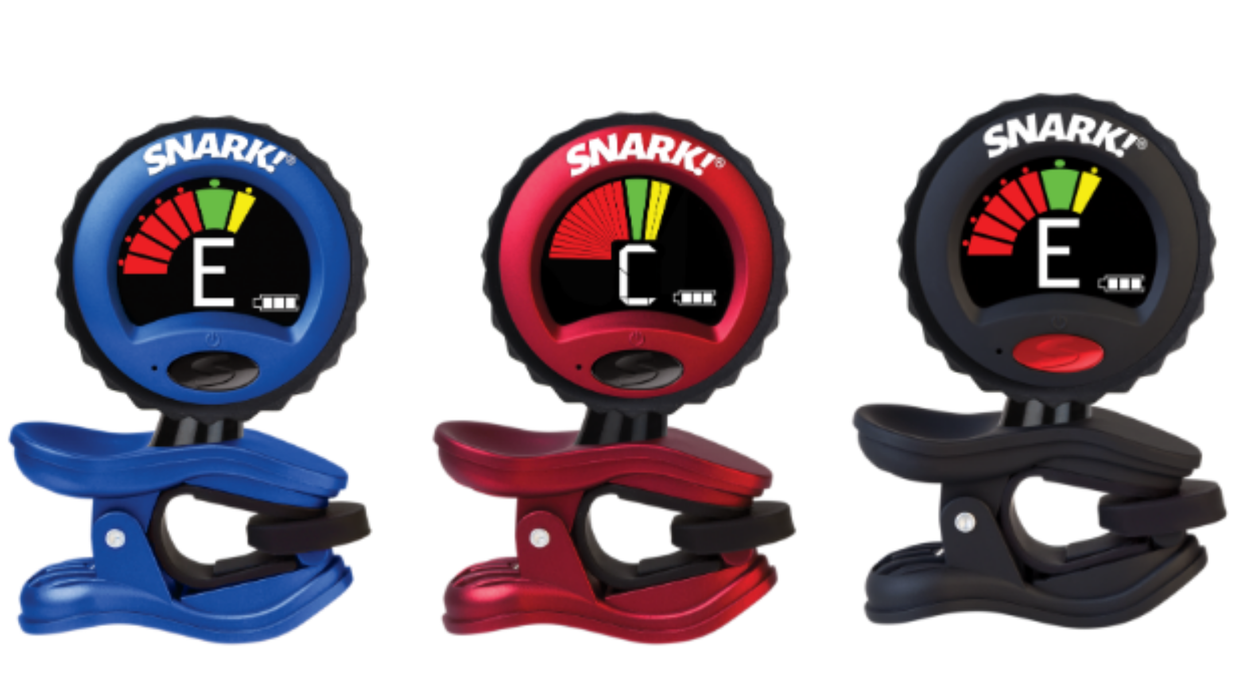
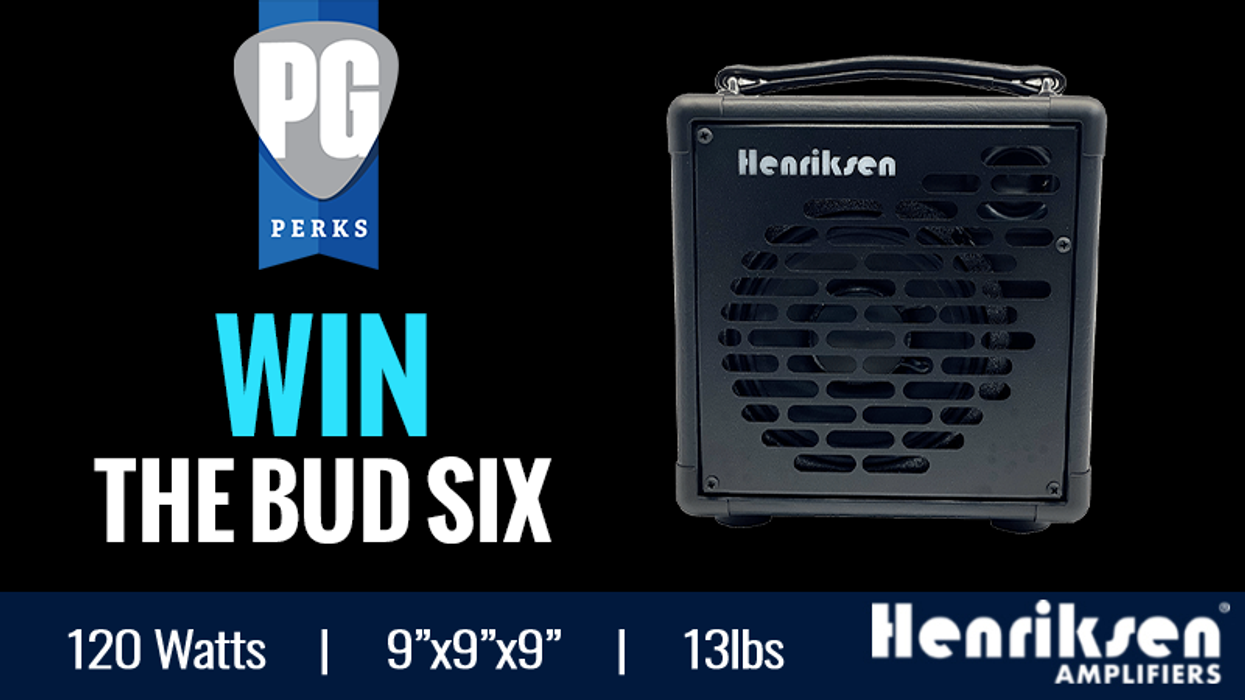
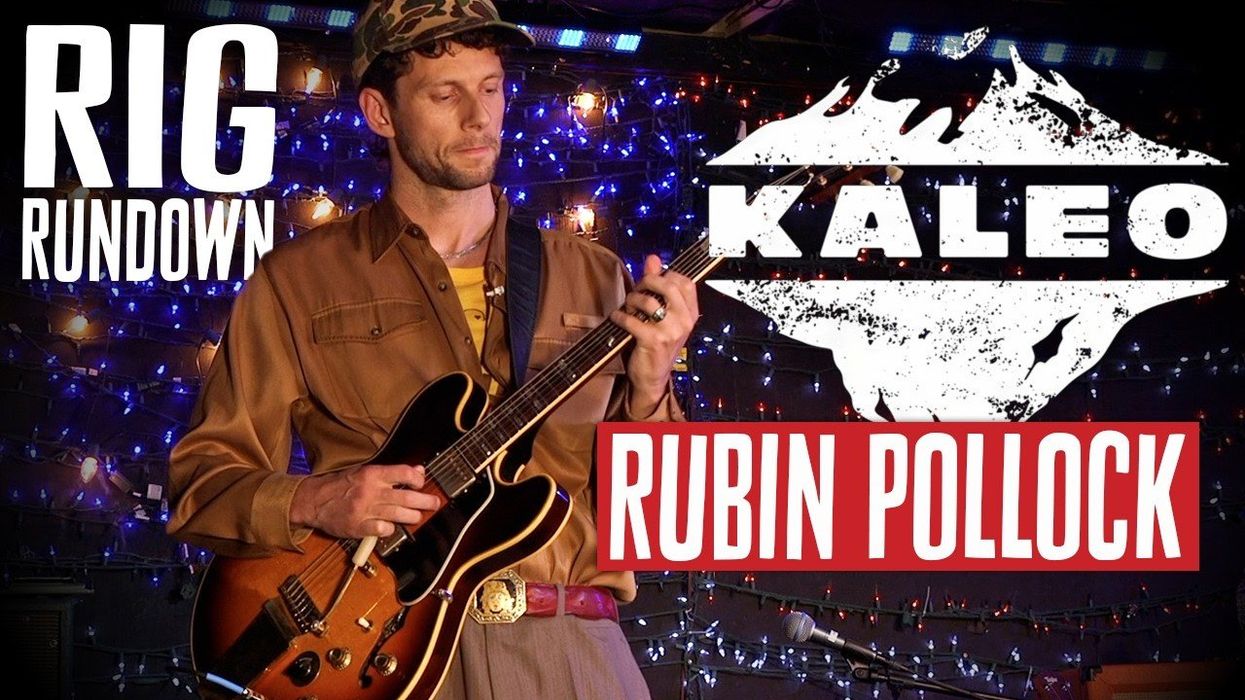
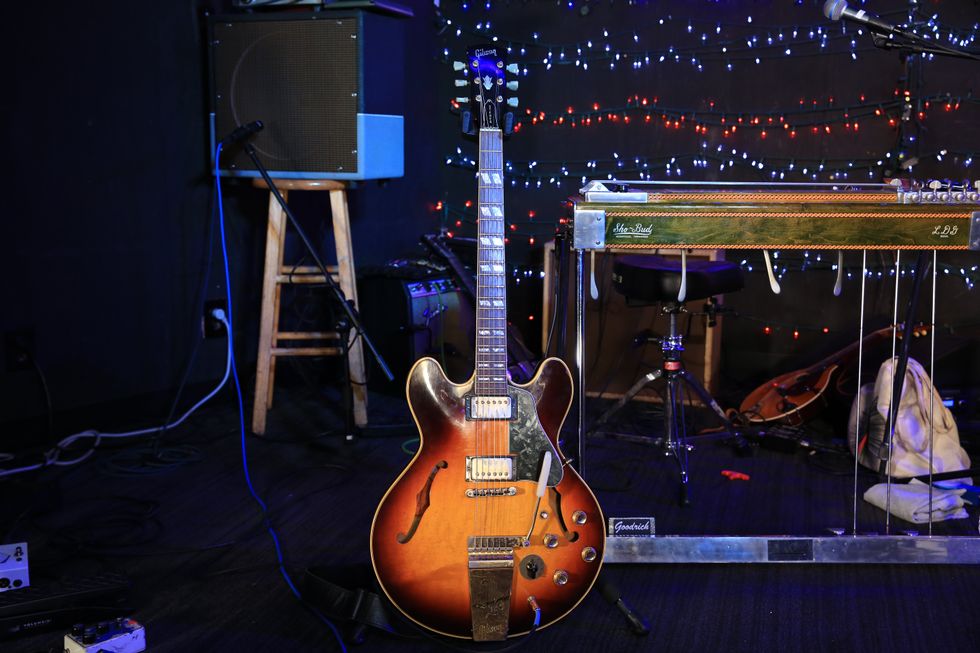
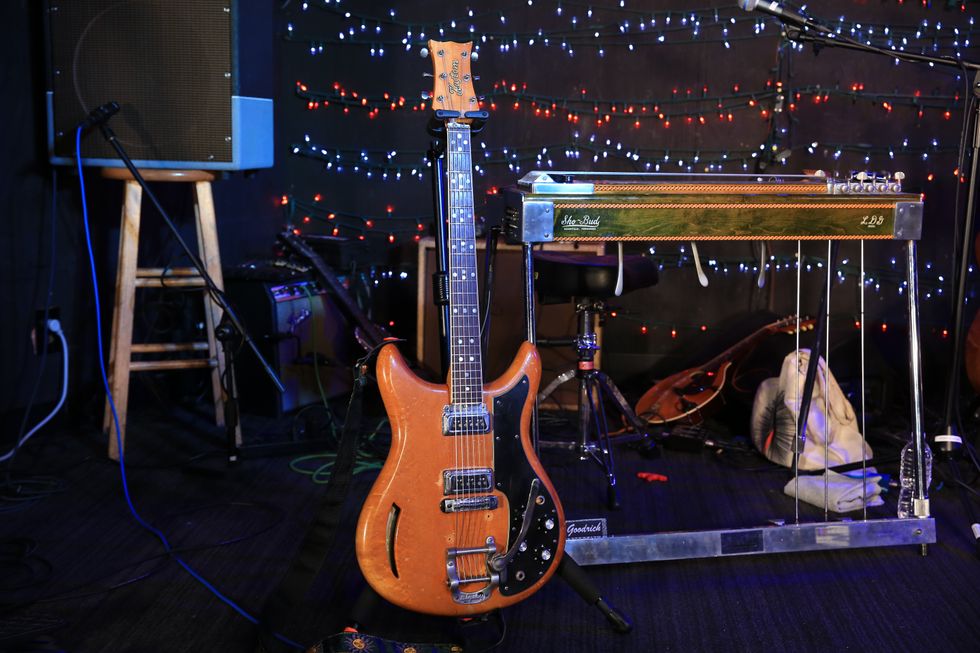
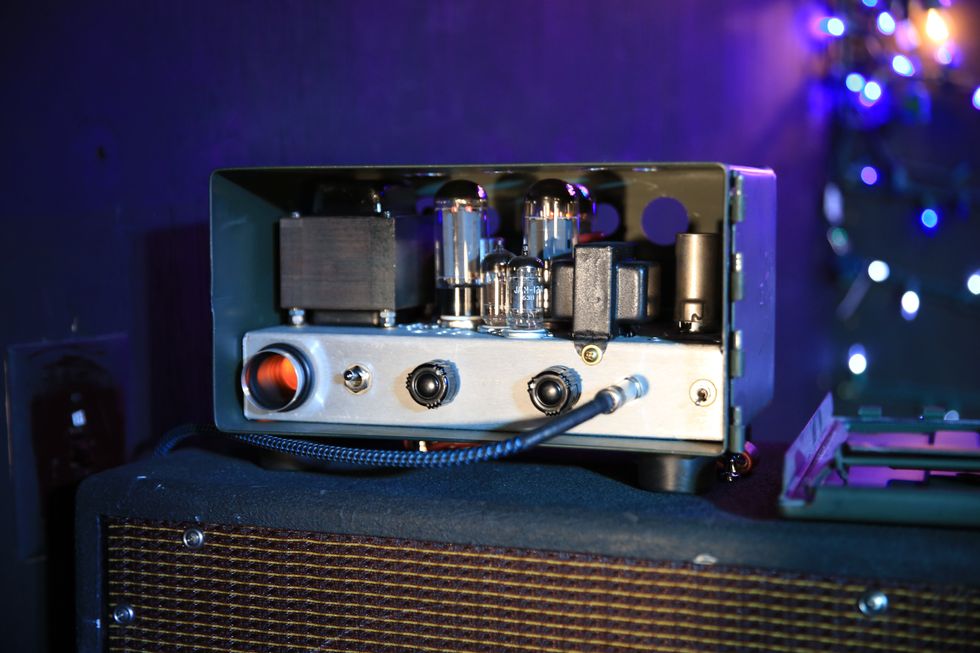
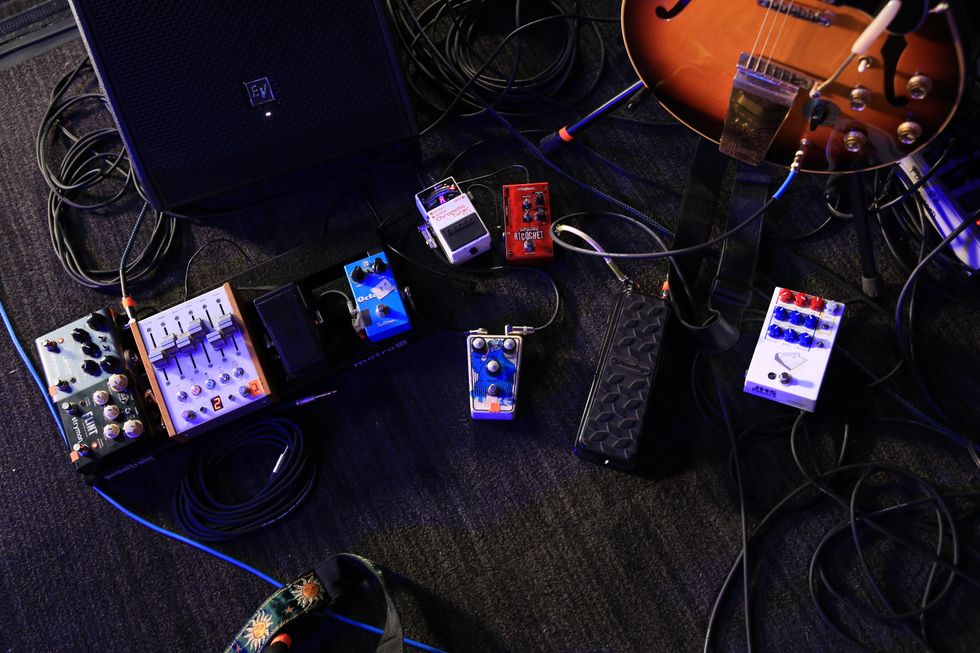
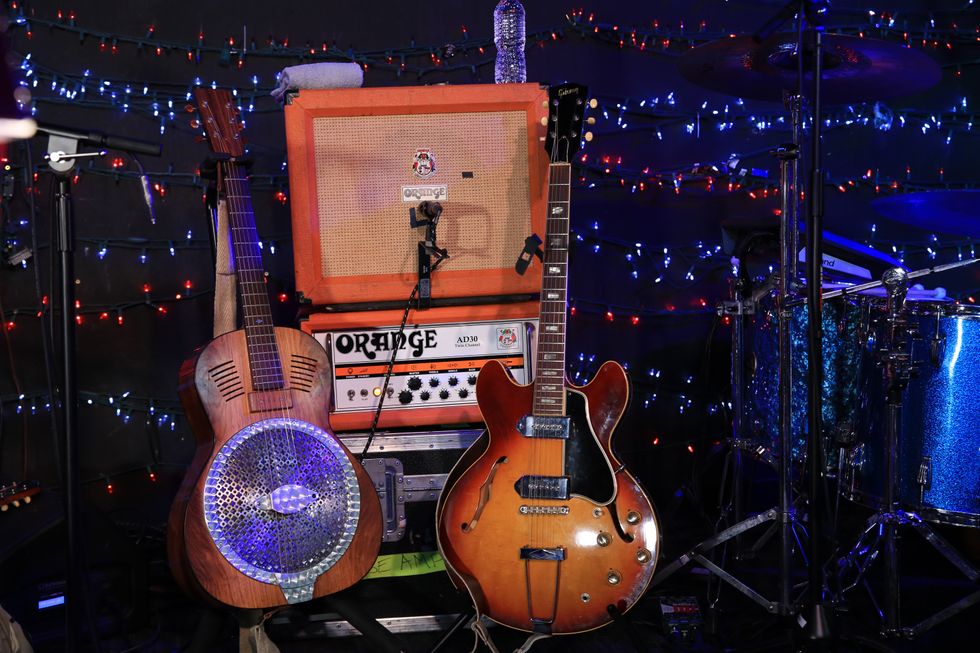
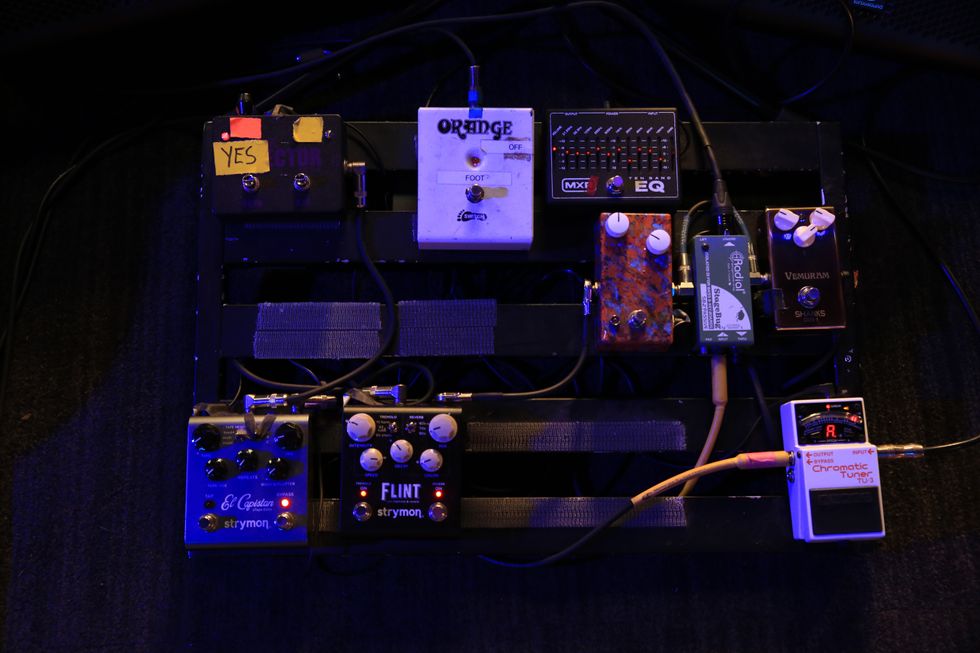

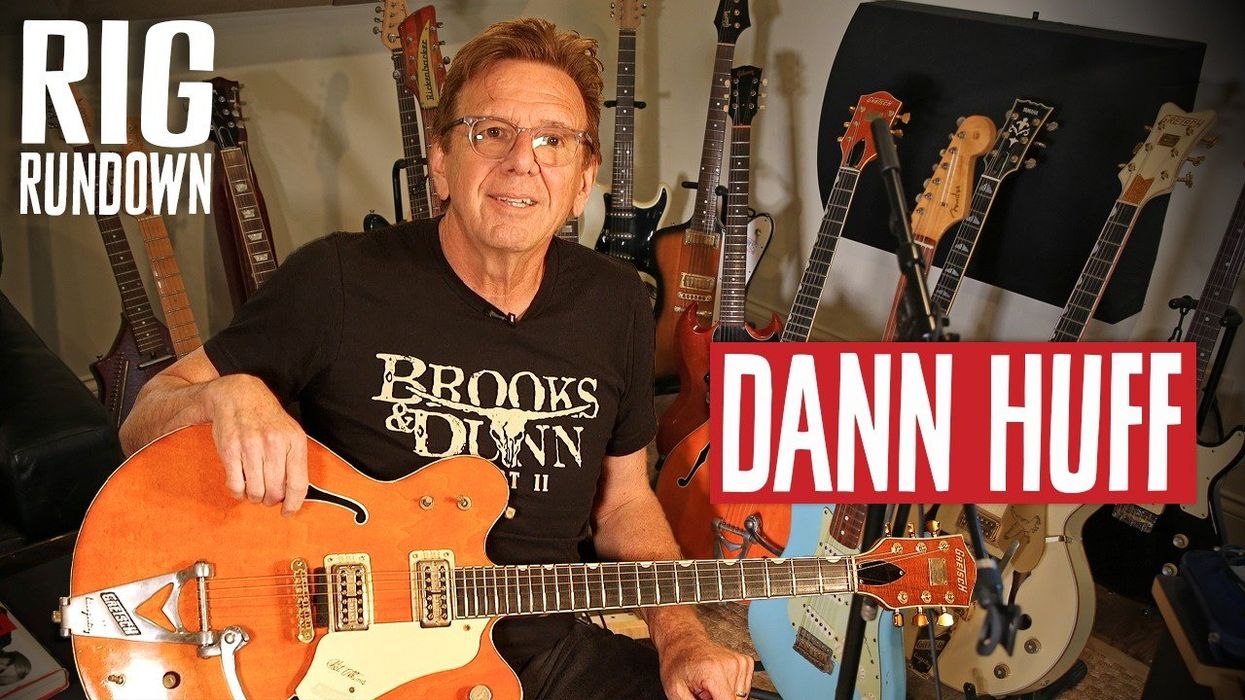

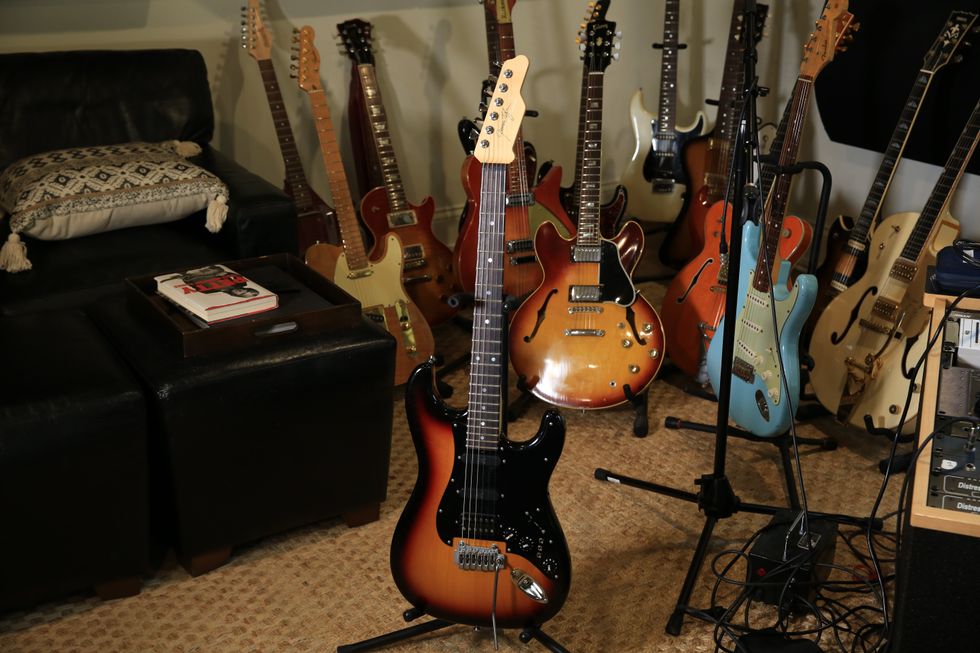
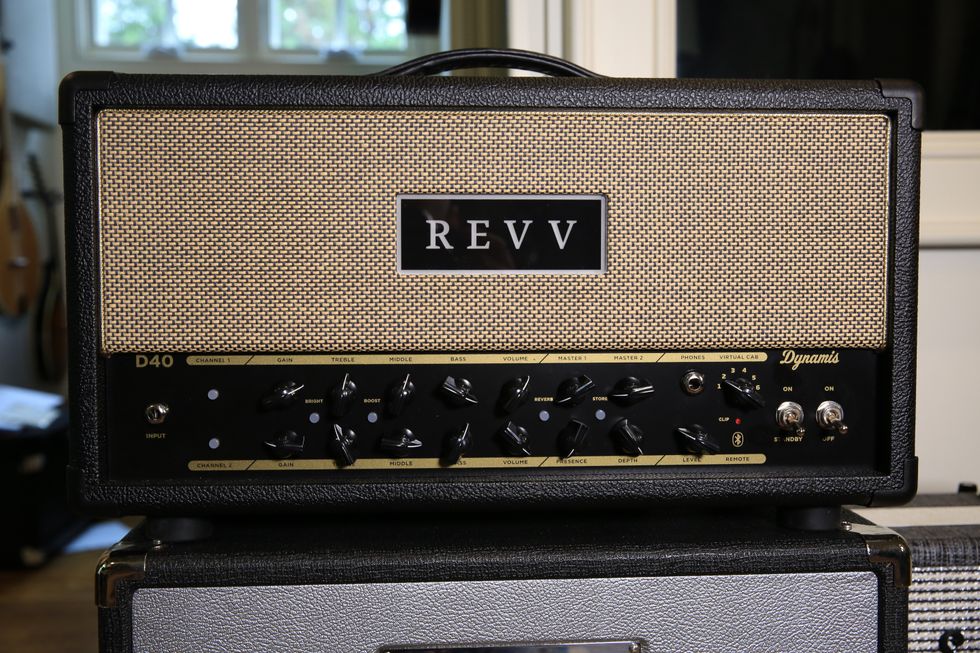
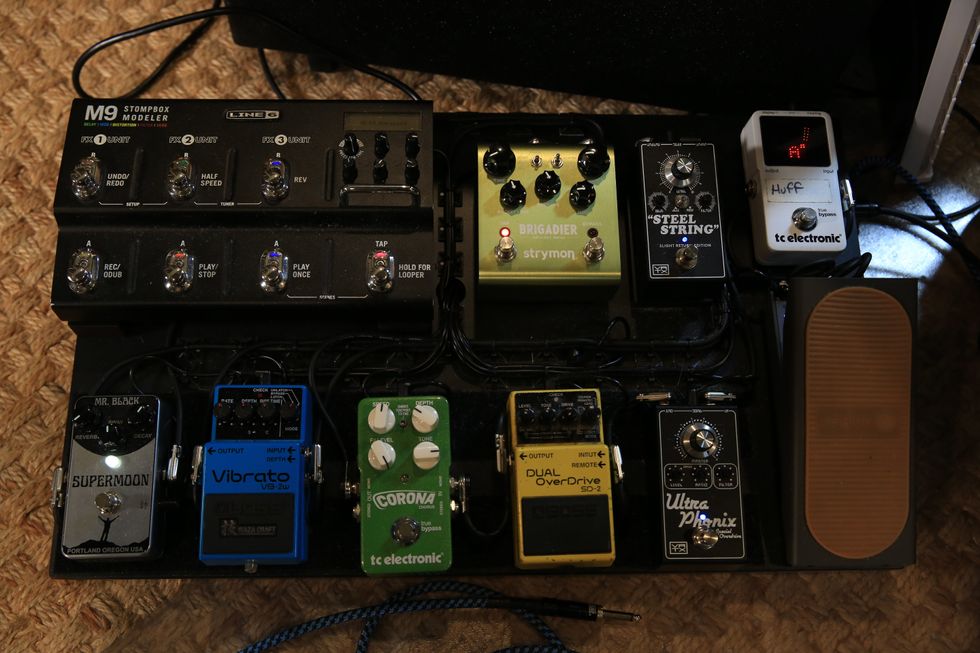

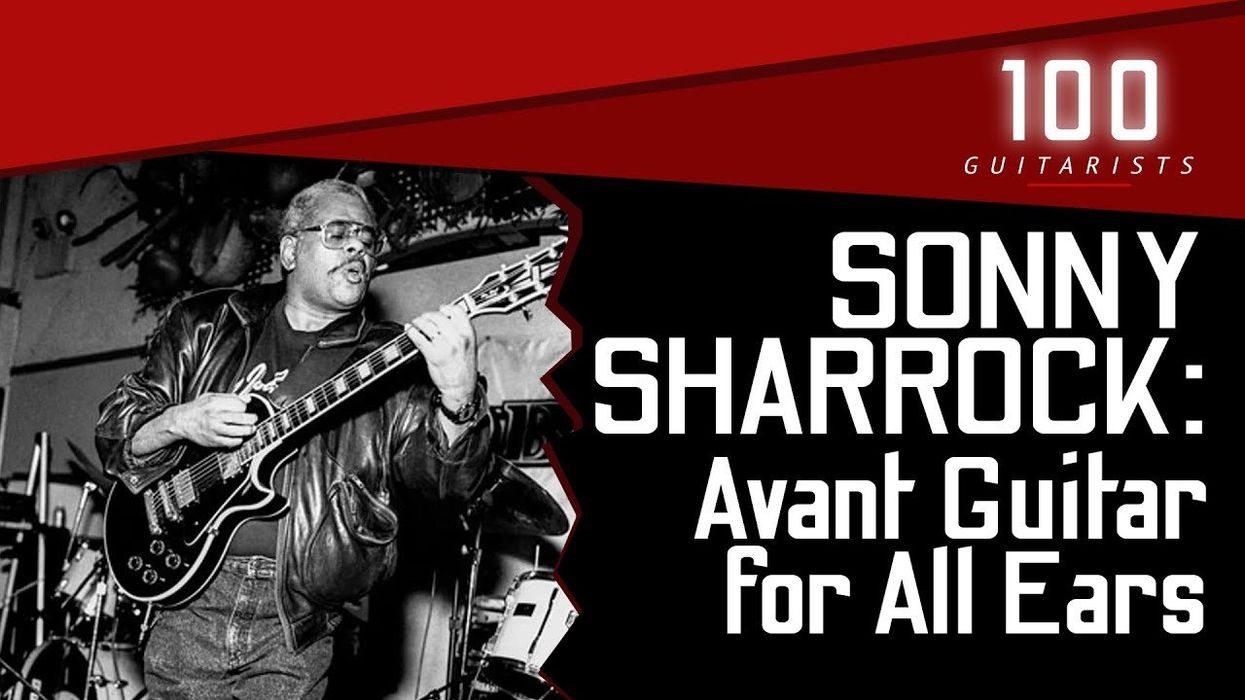

![Fontaines D.C. Rig Rundown [2025]](https://www.premierguitar.com/media-library/image.jpg?id=60290466&width=1245&height=700&quality=85&coordinates=0%2C0%2C0%2C0)
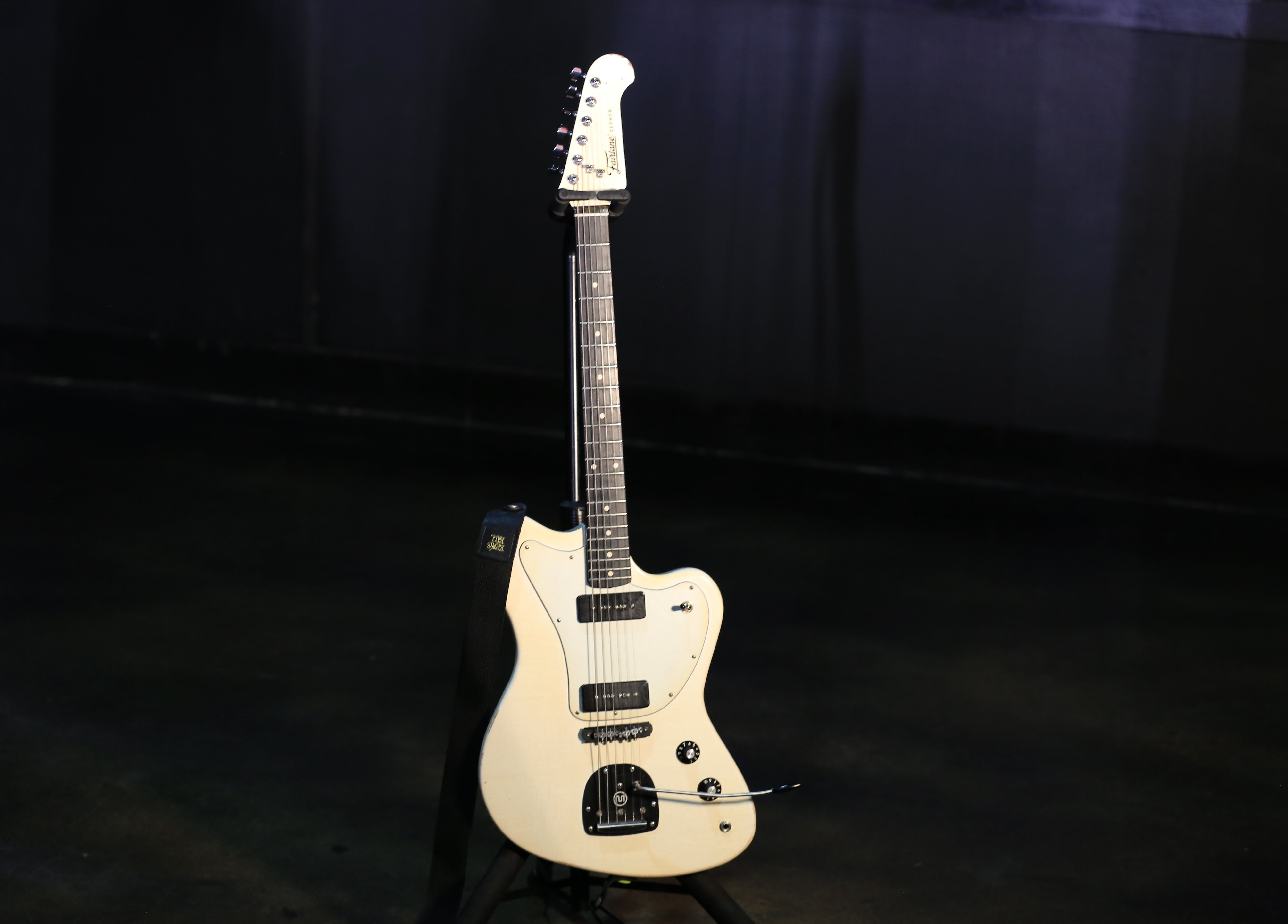
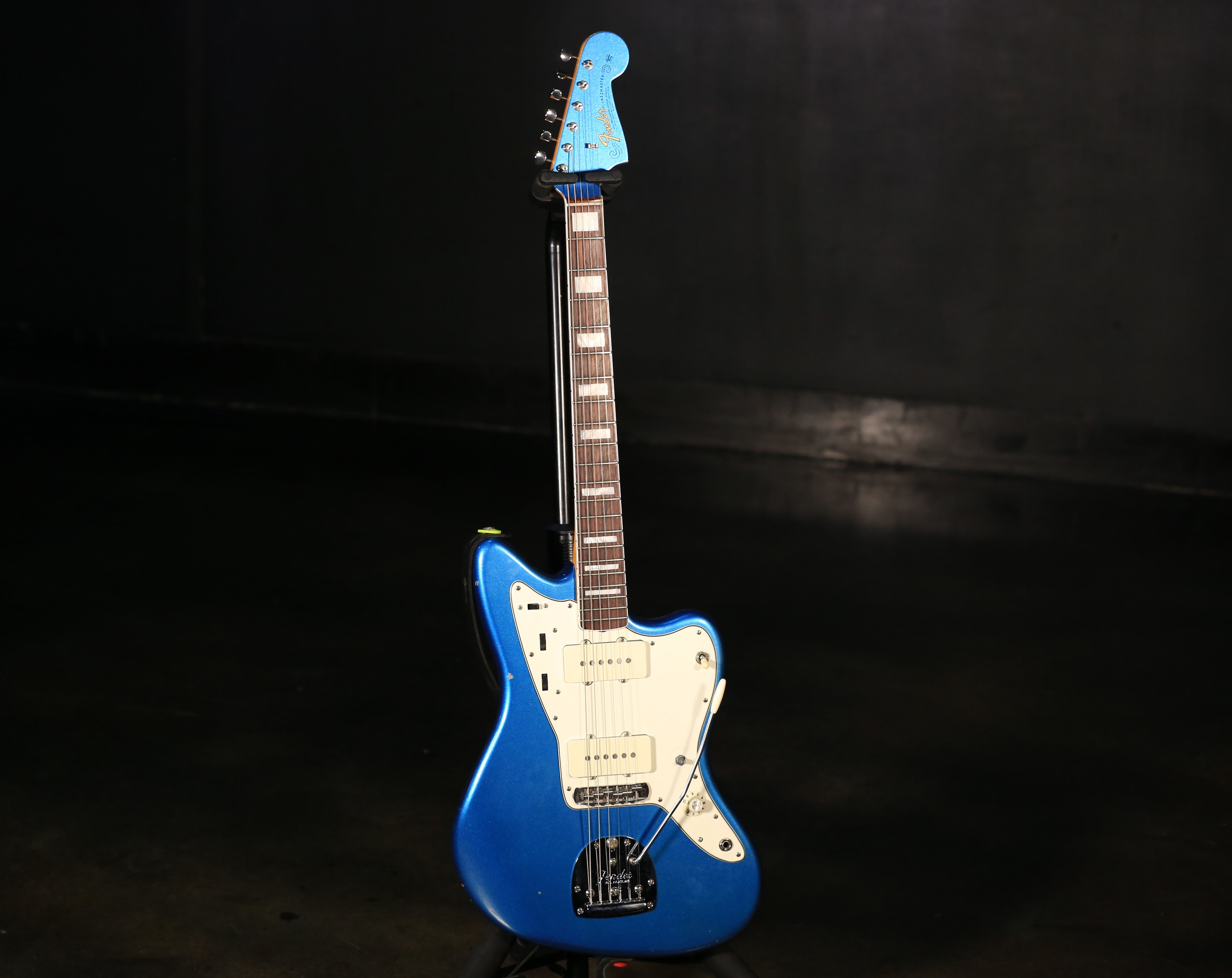
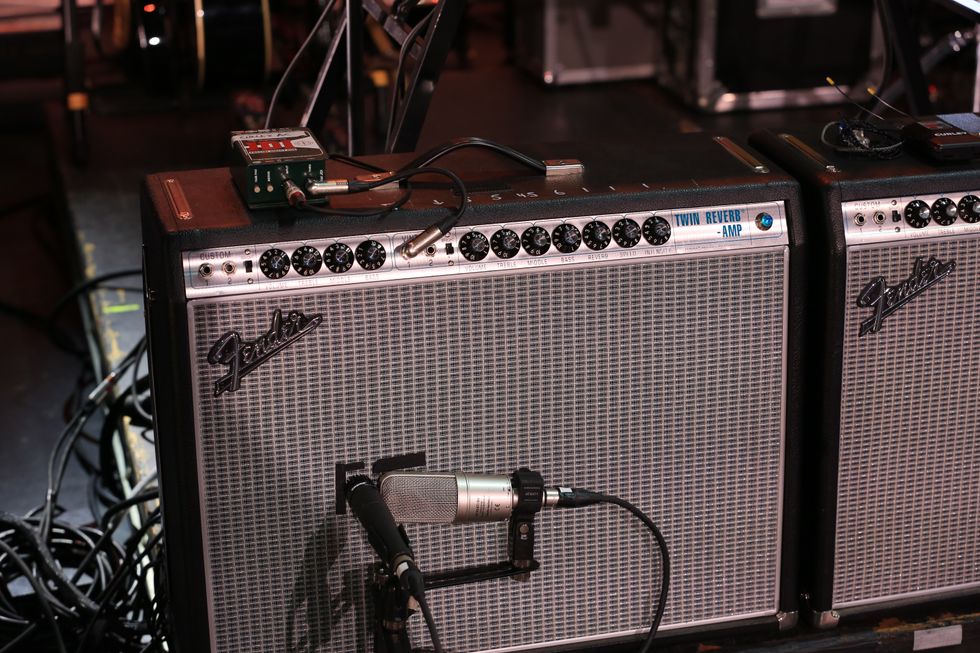
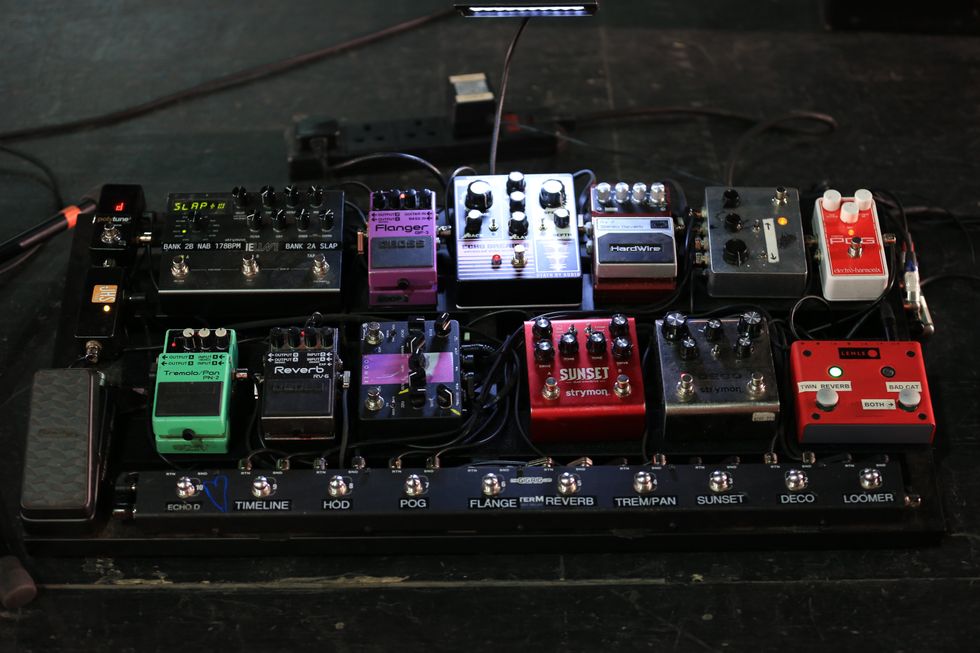
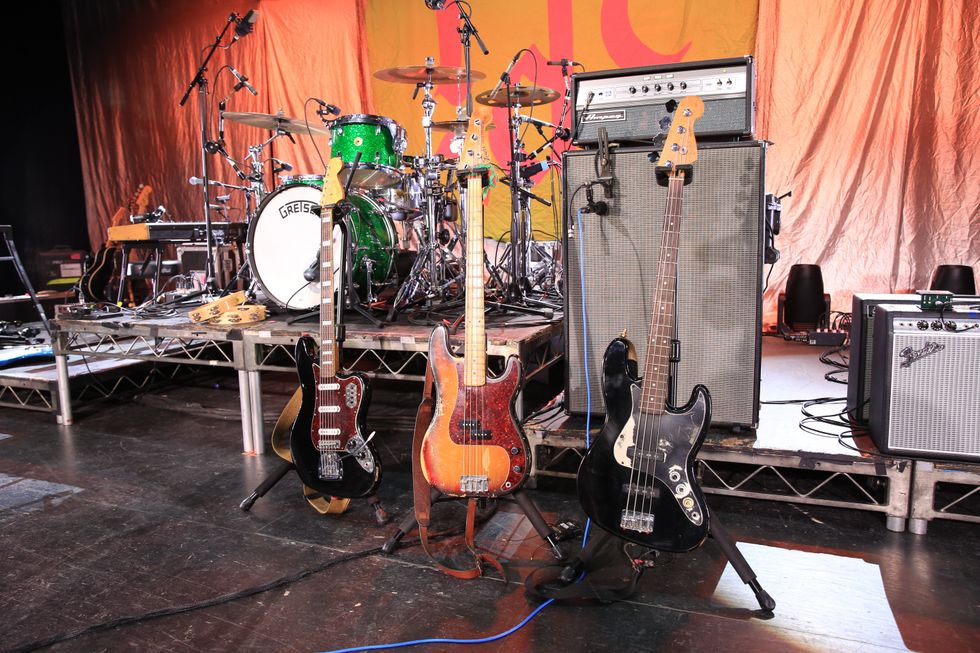
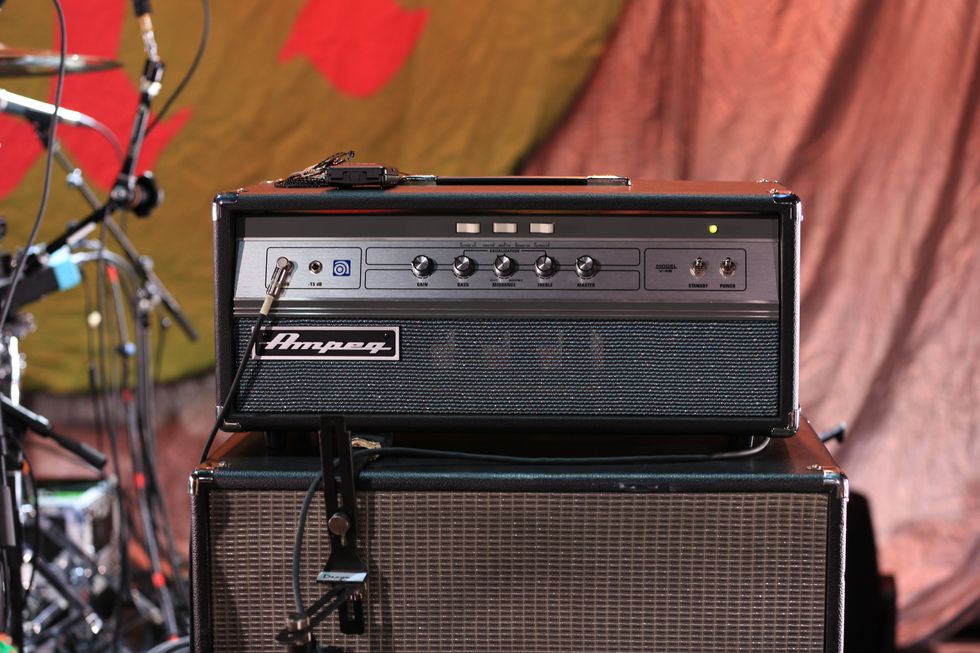
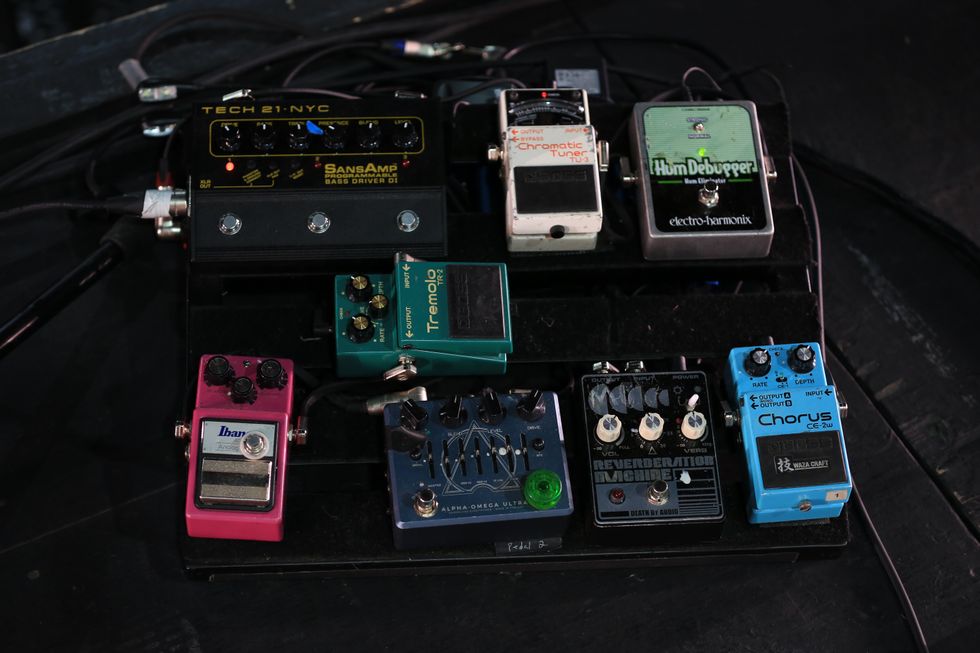
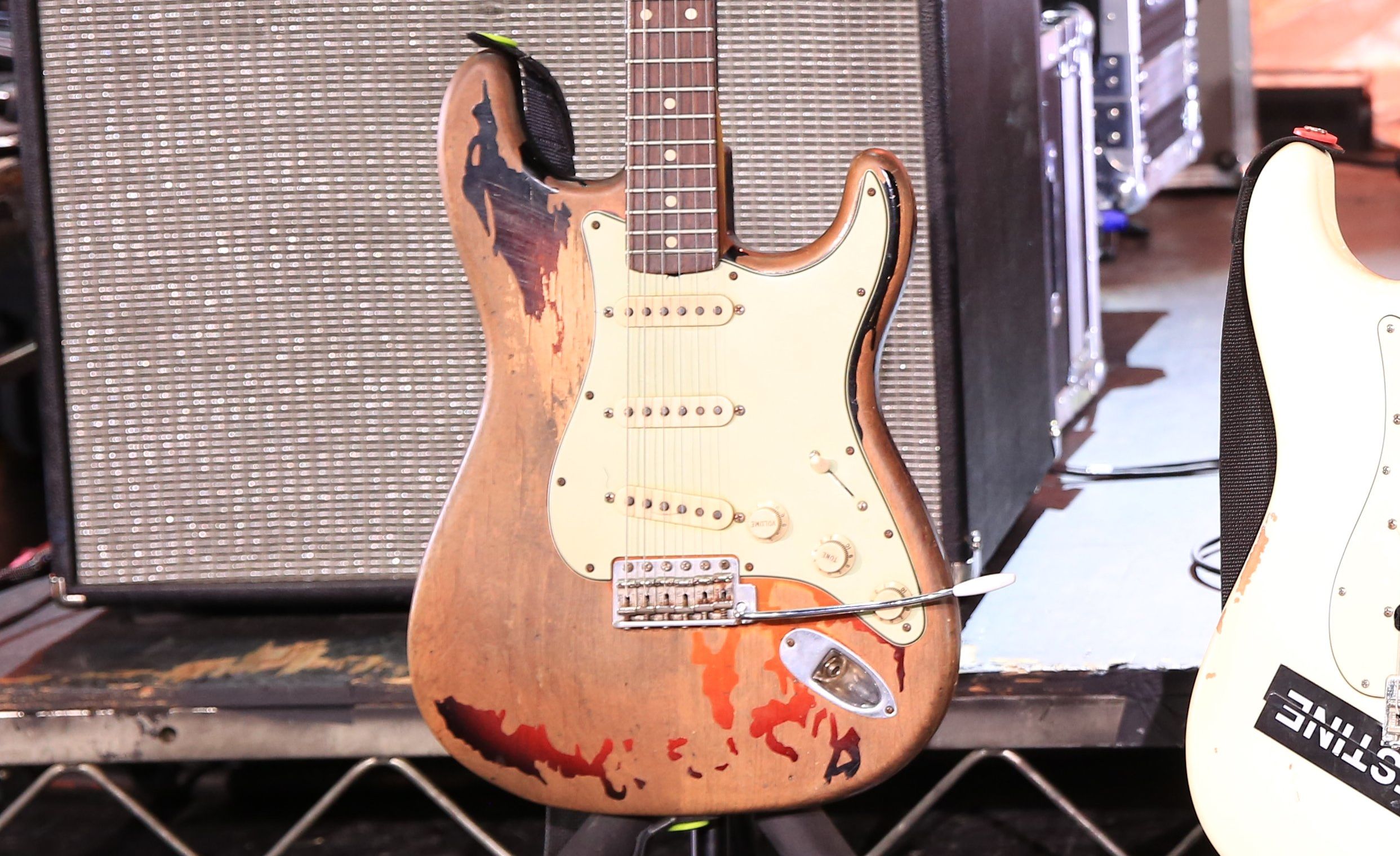
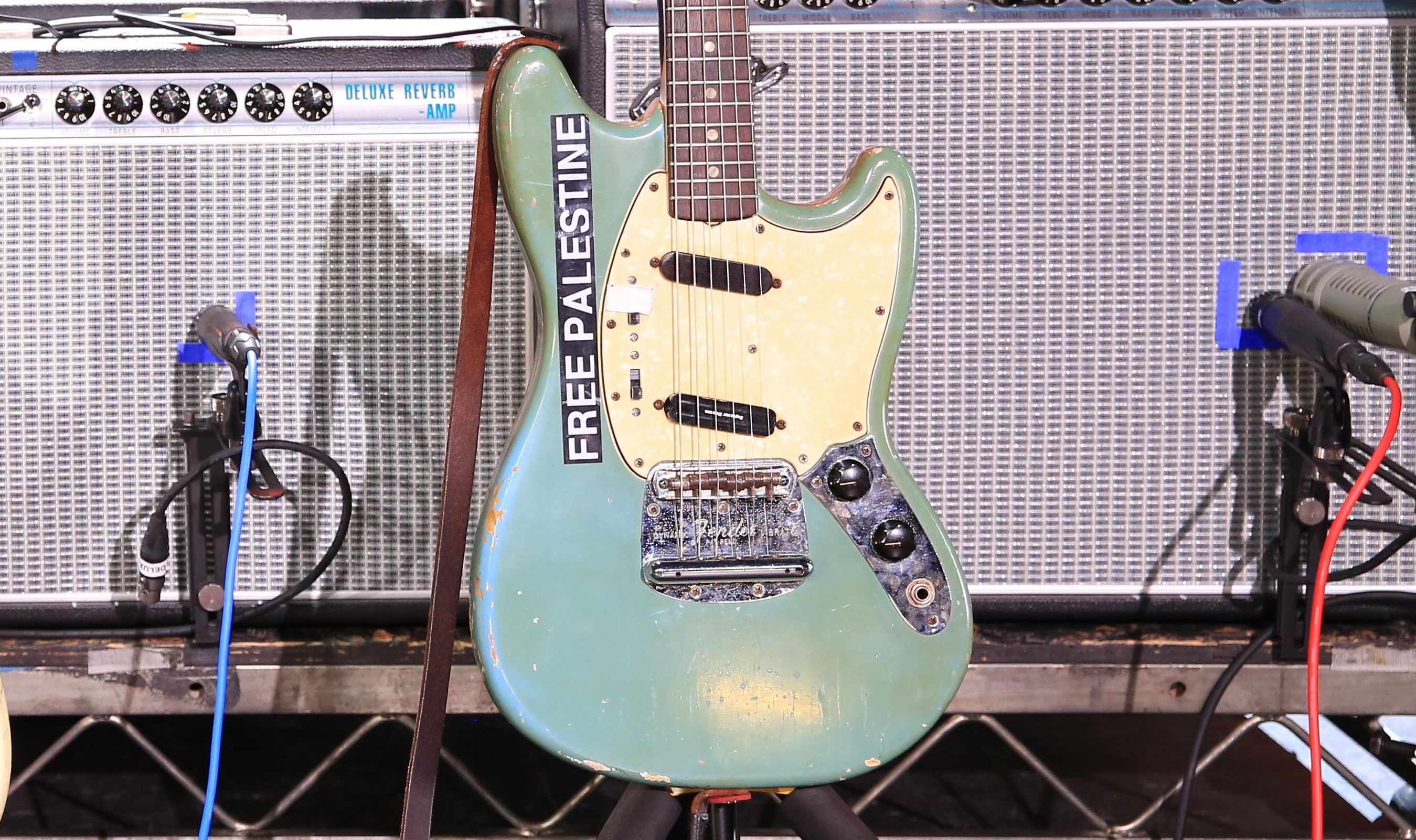 Mustang Muscle
Mustang Muscle